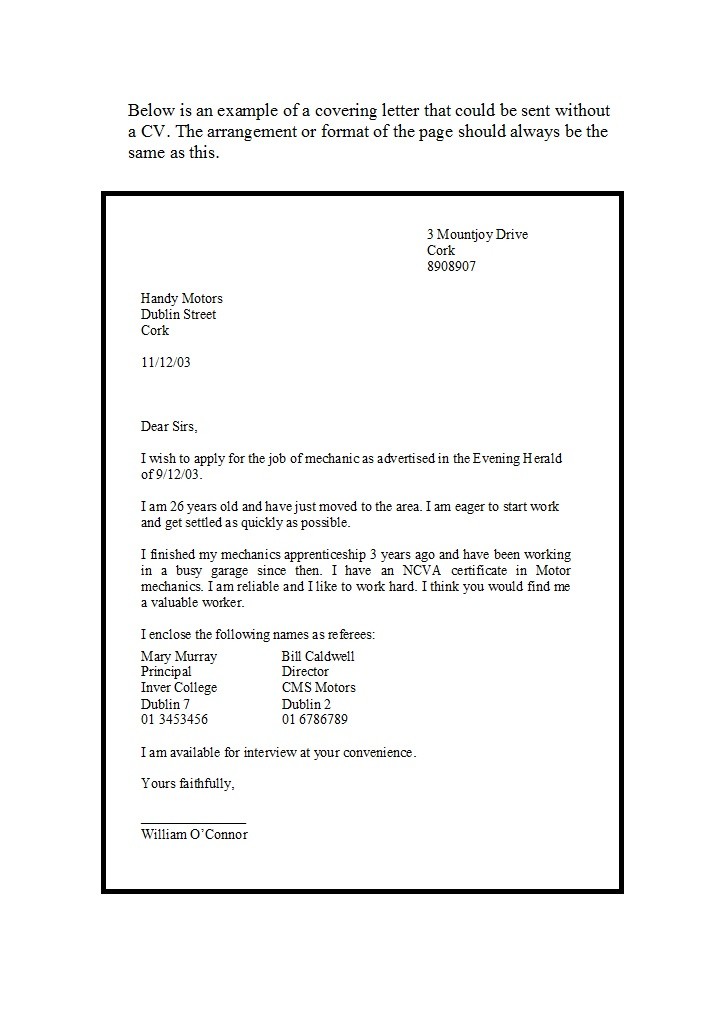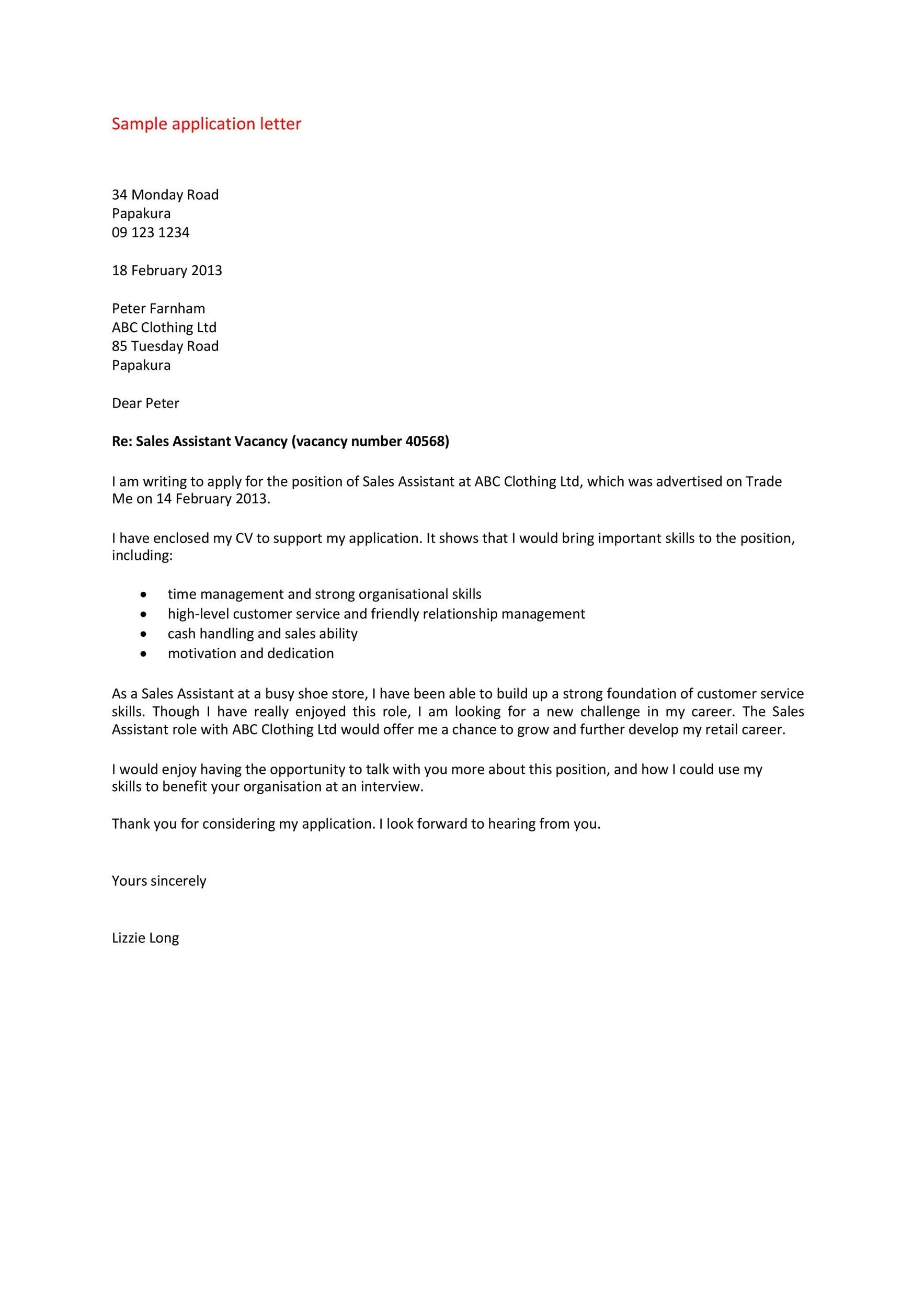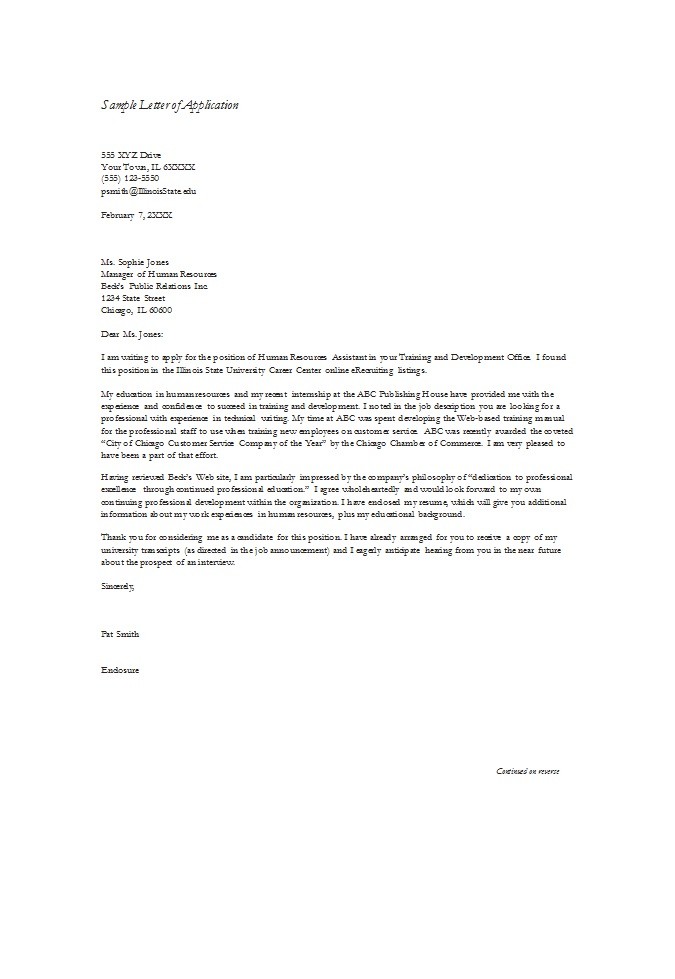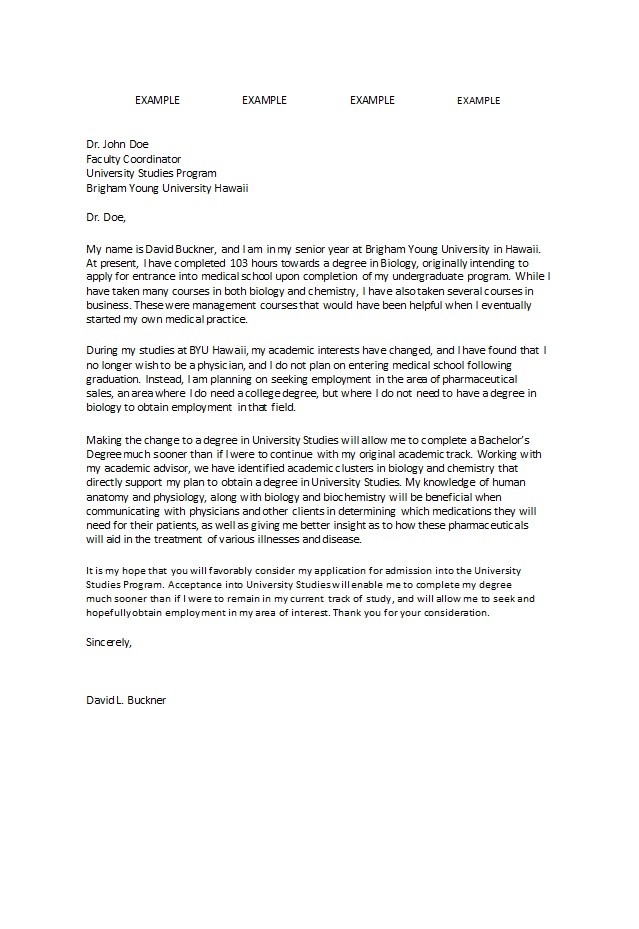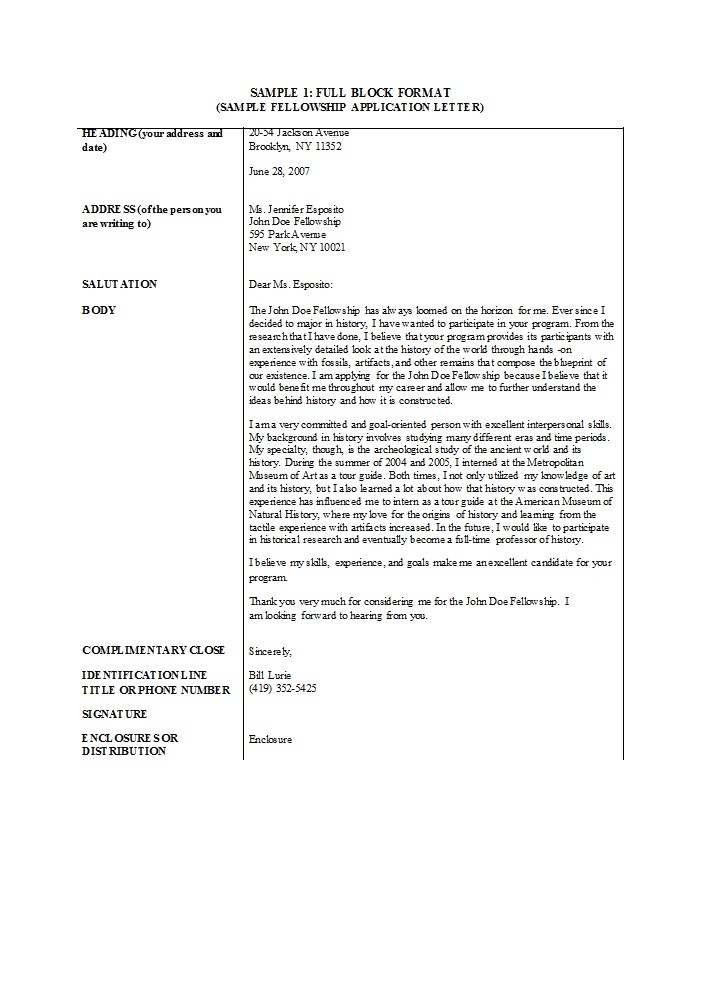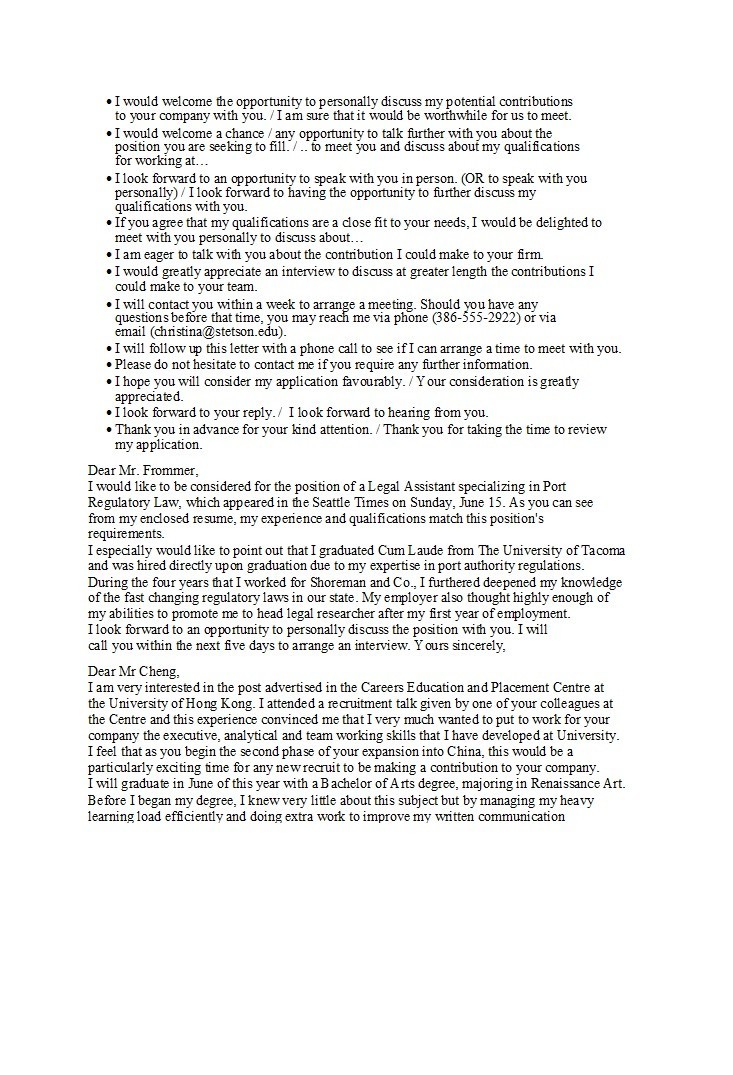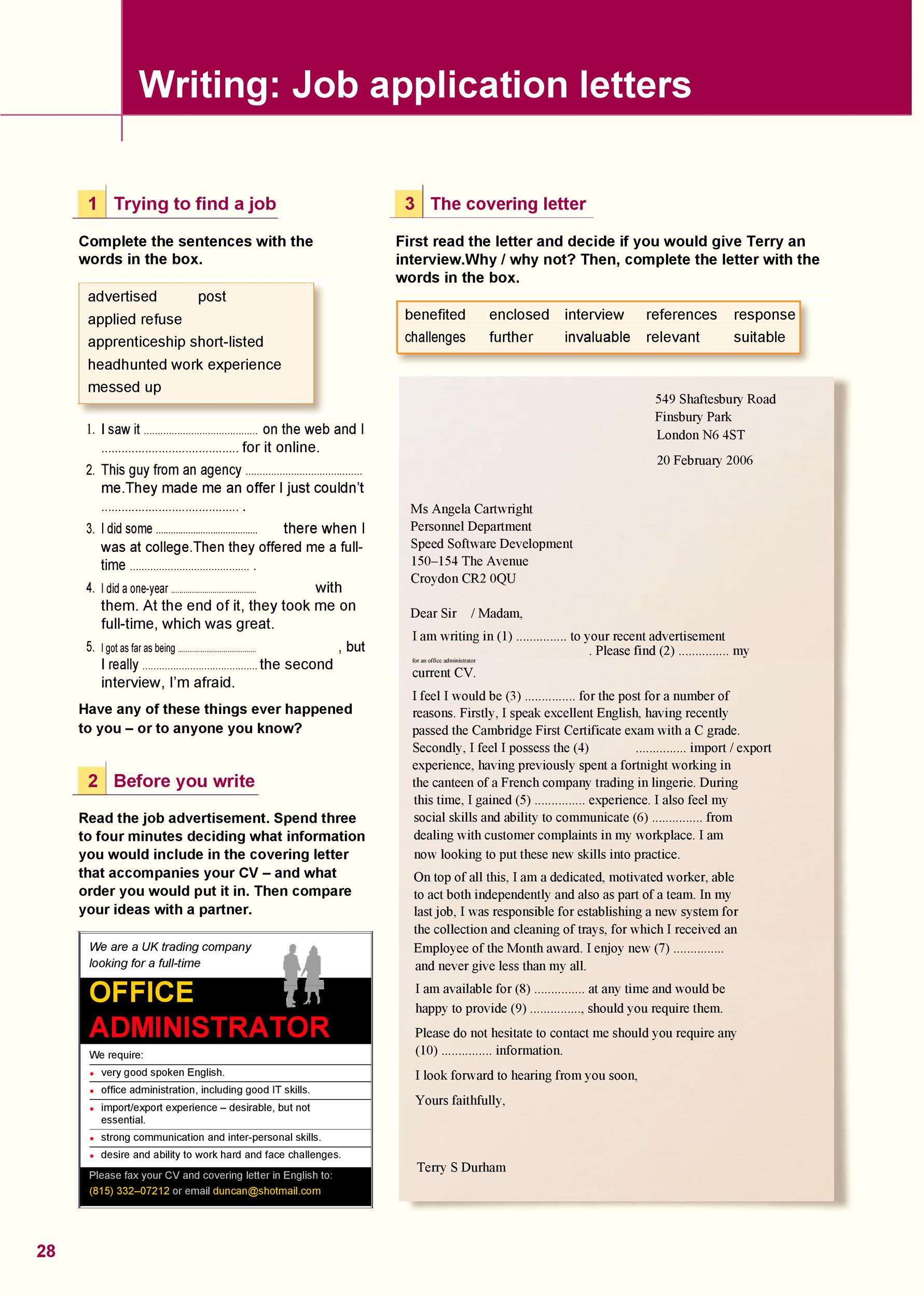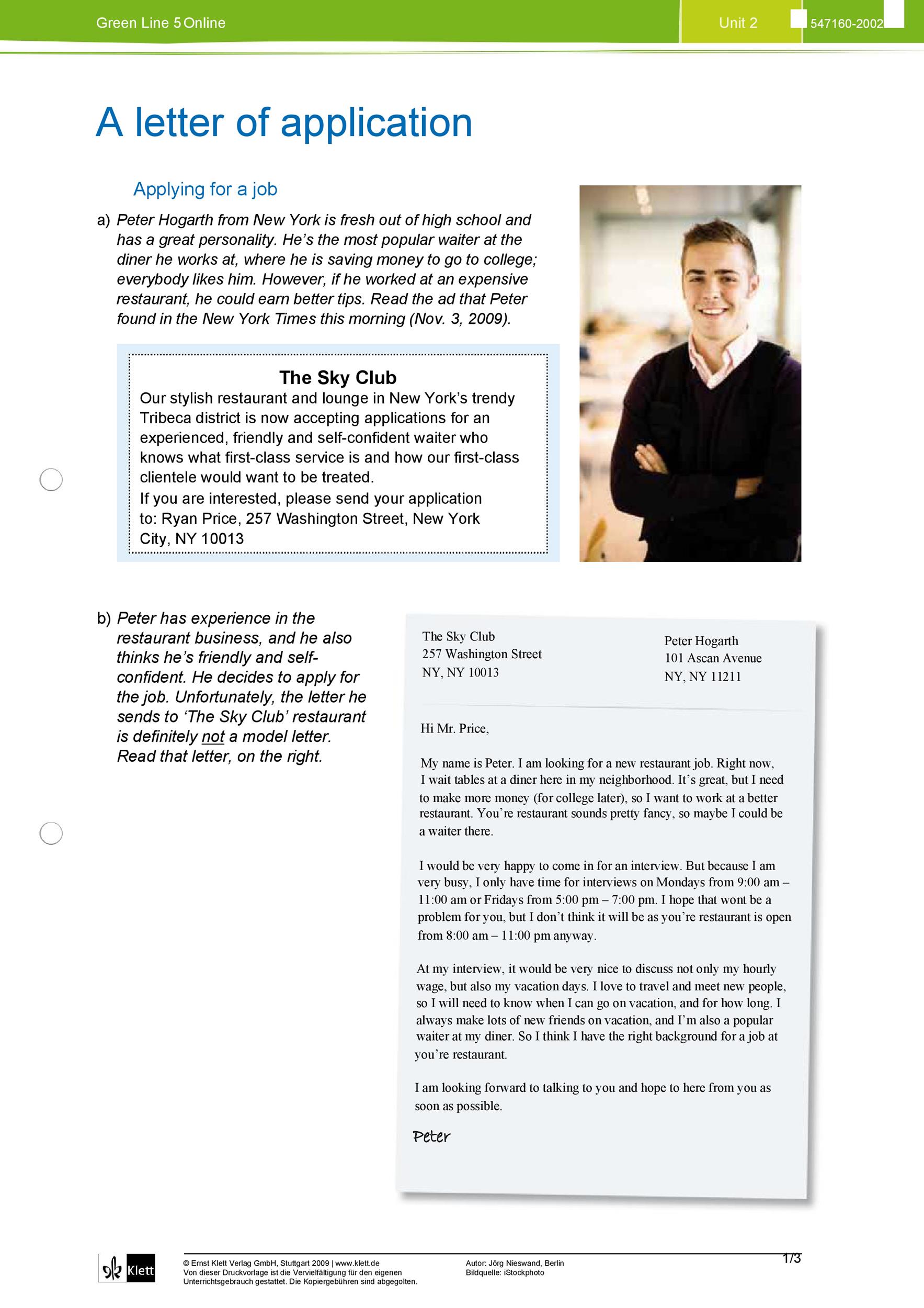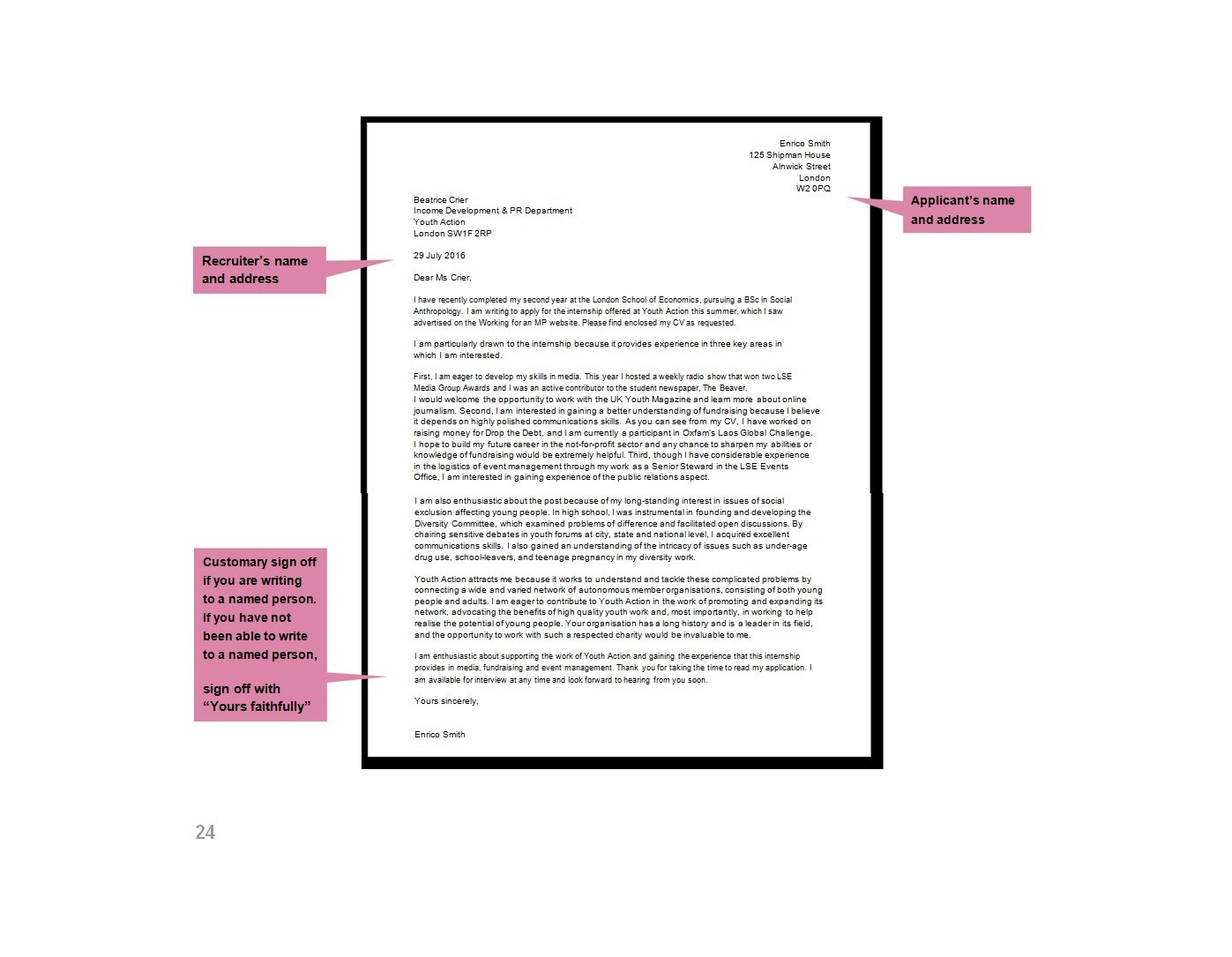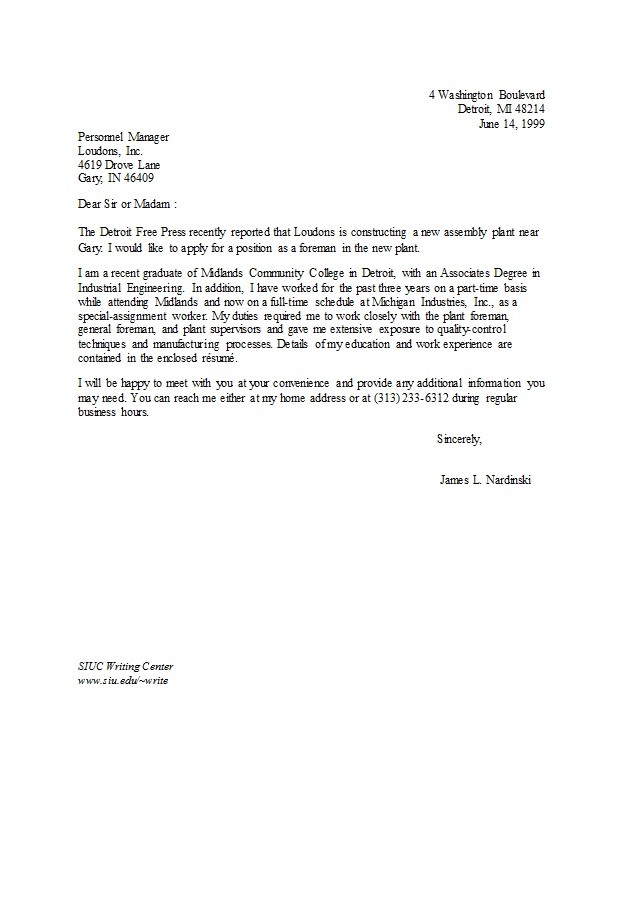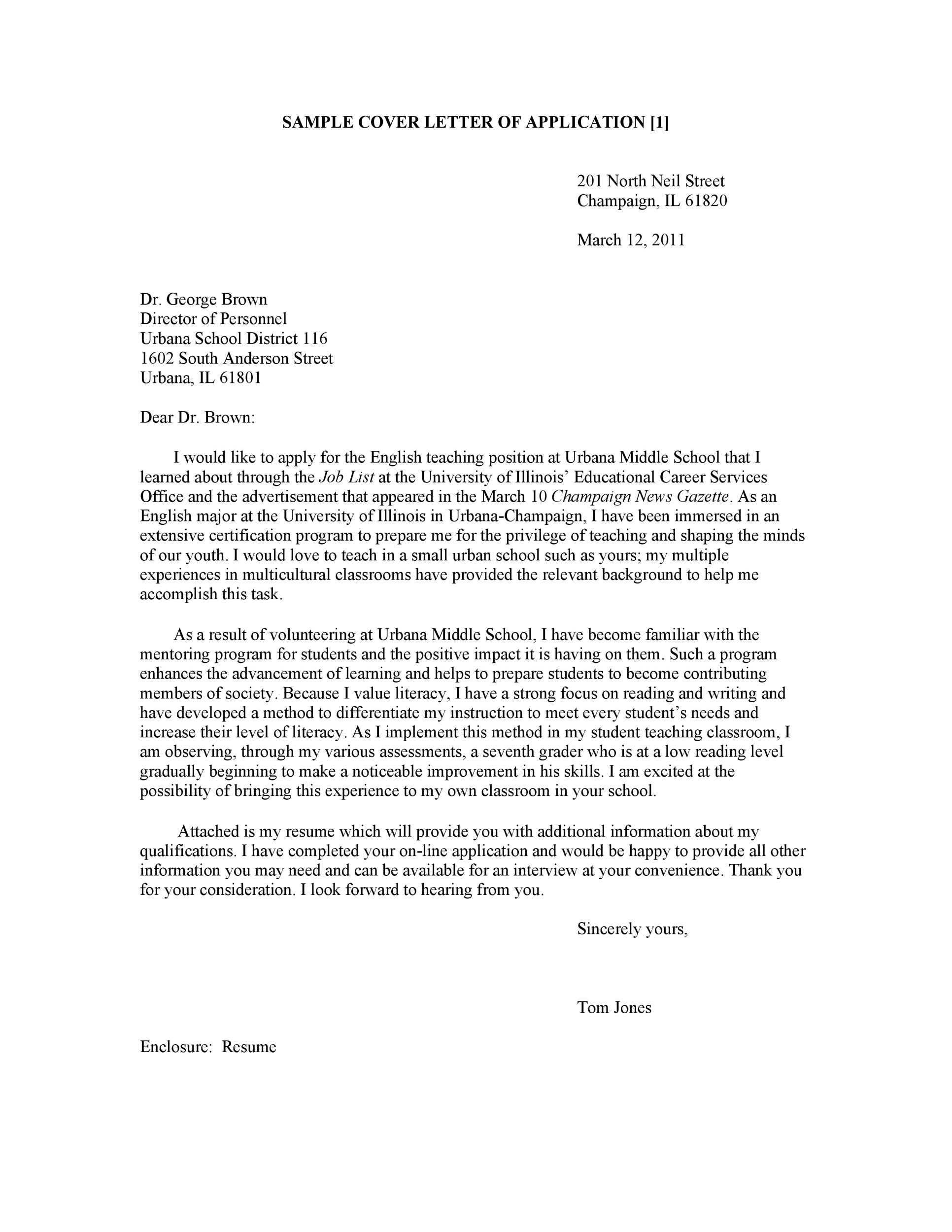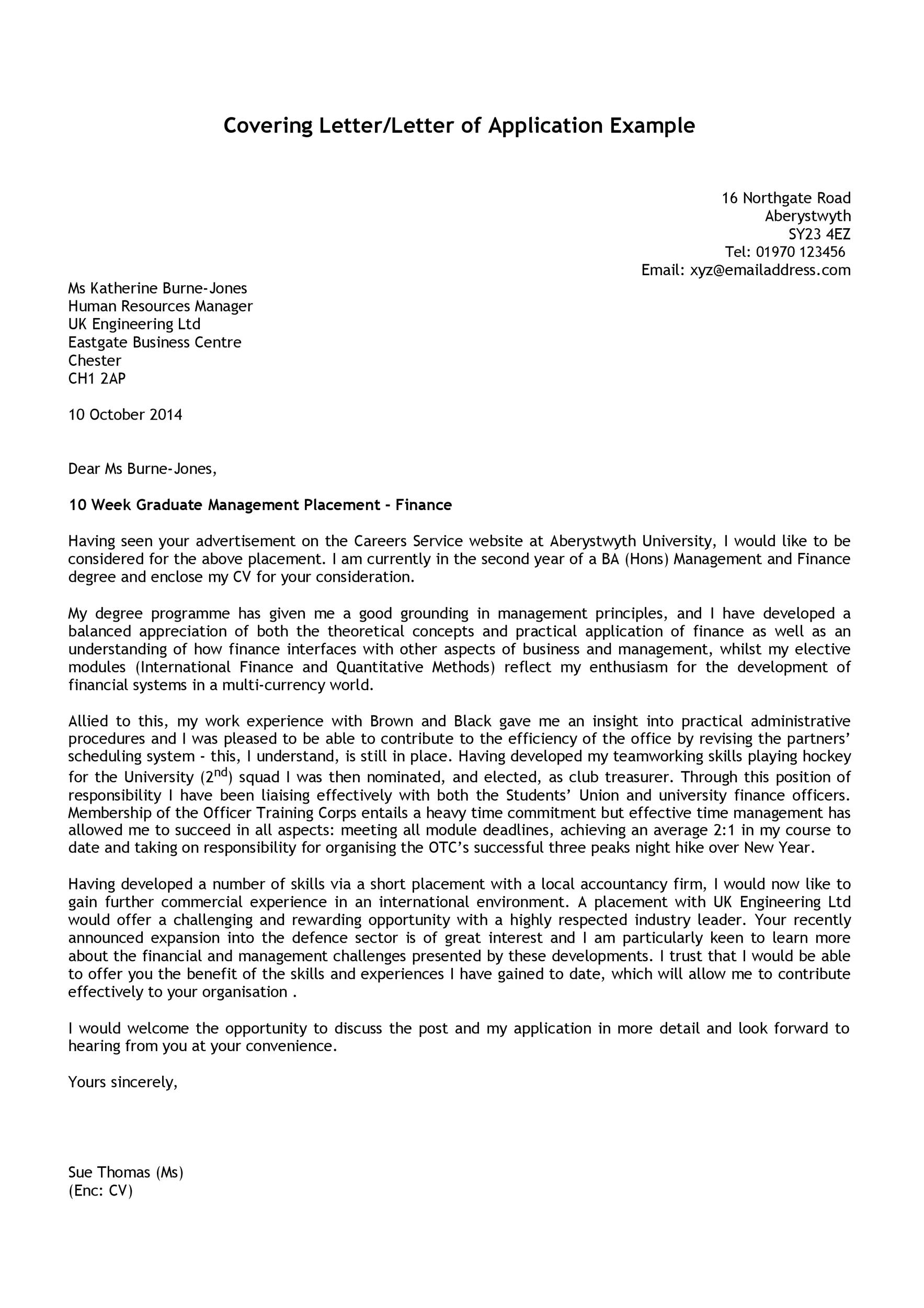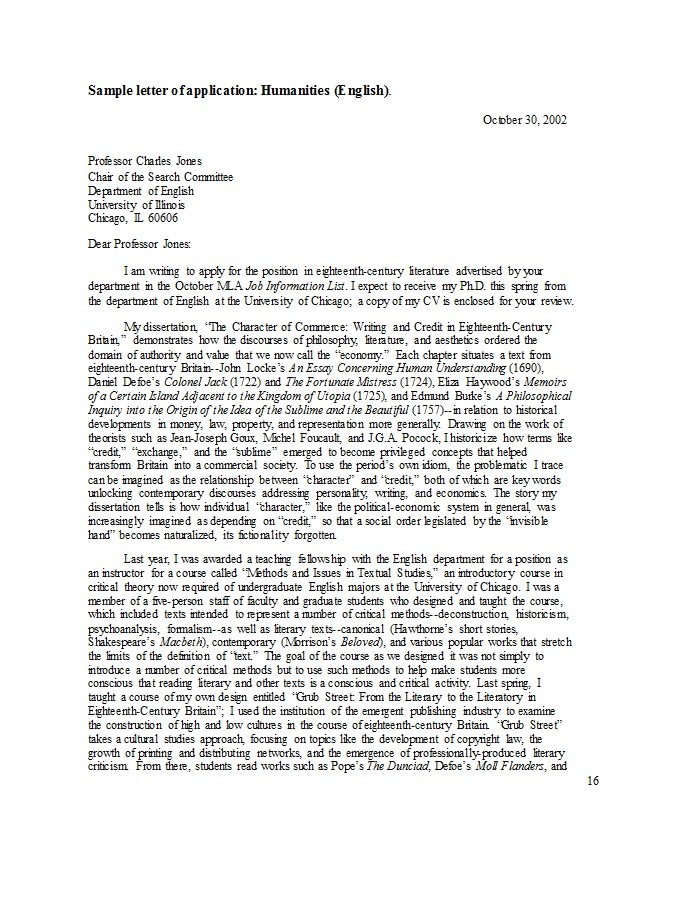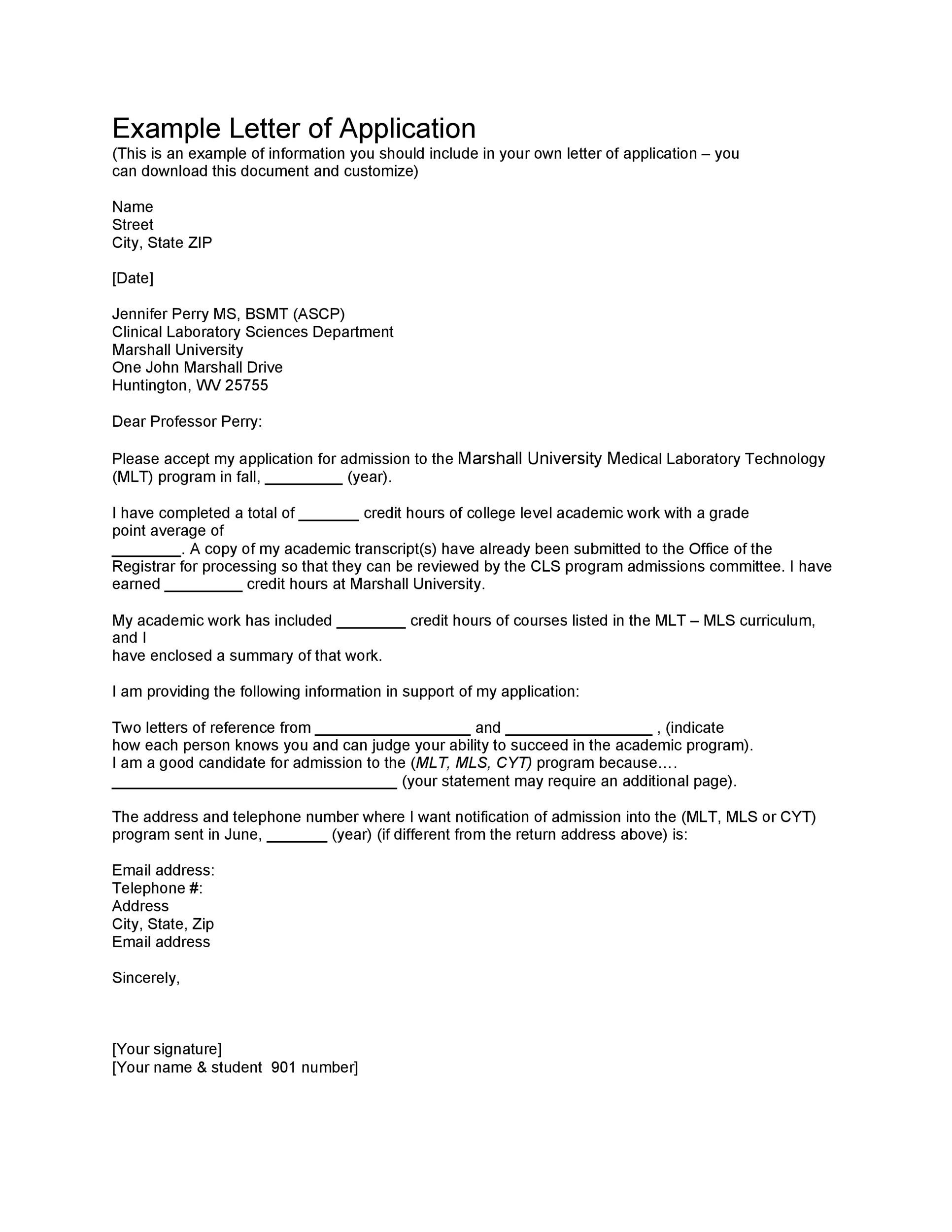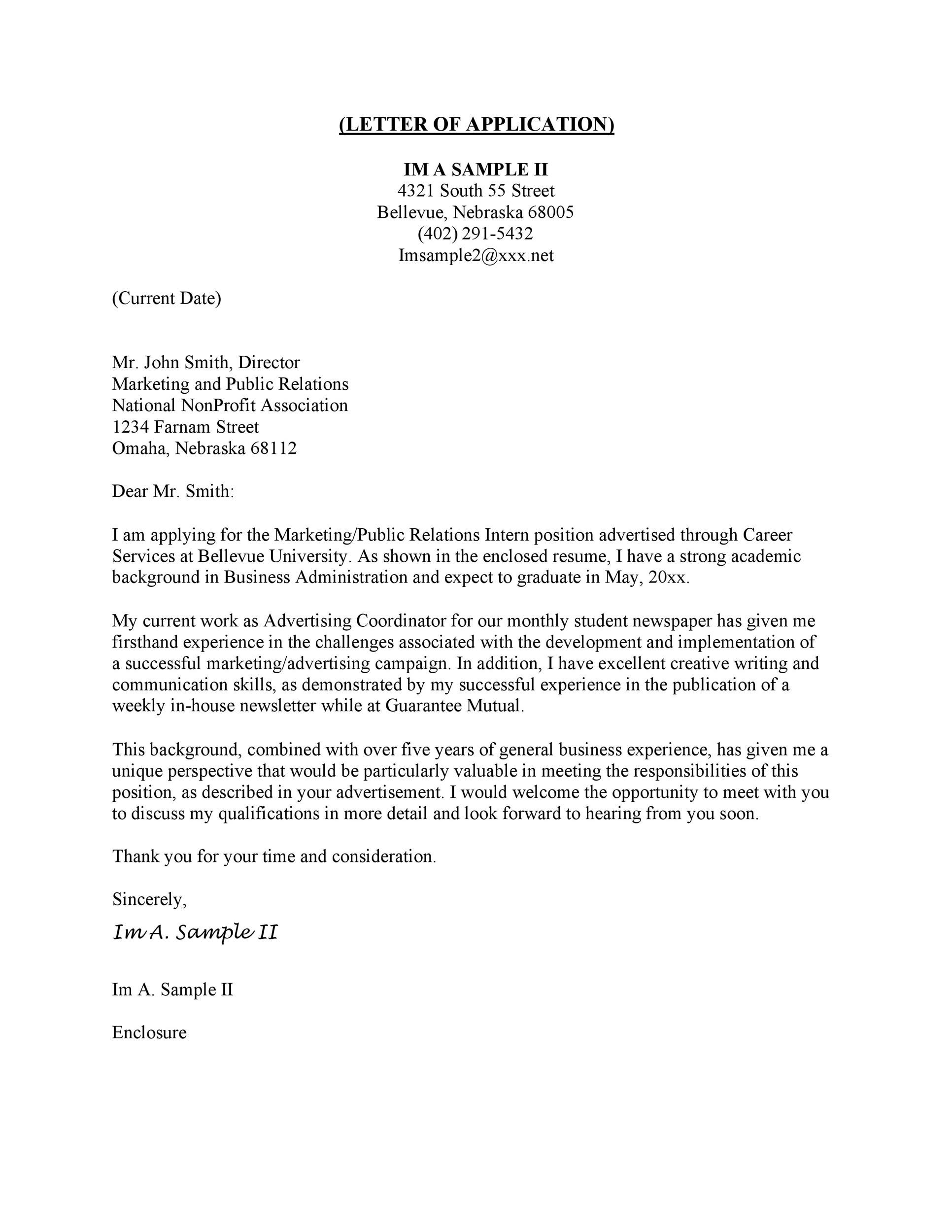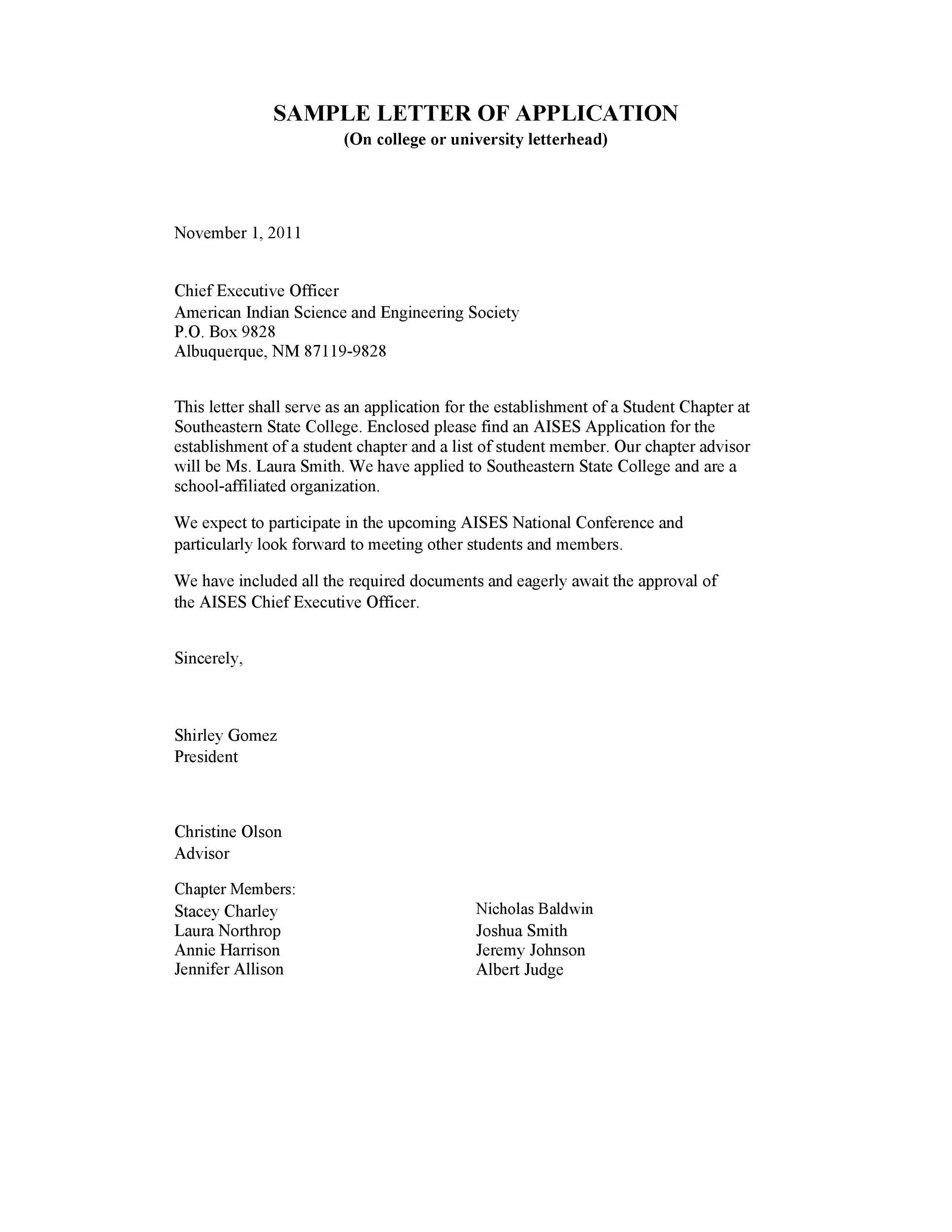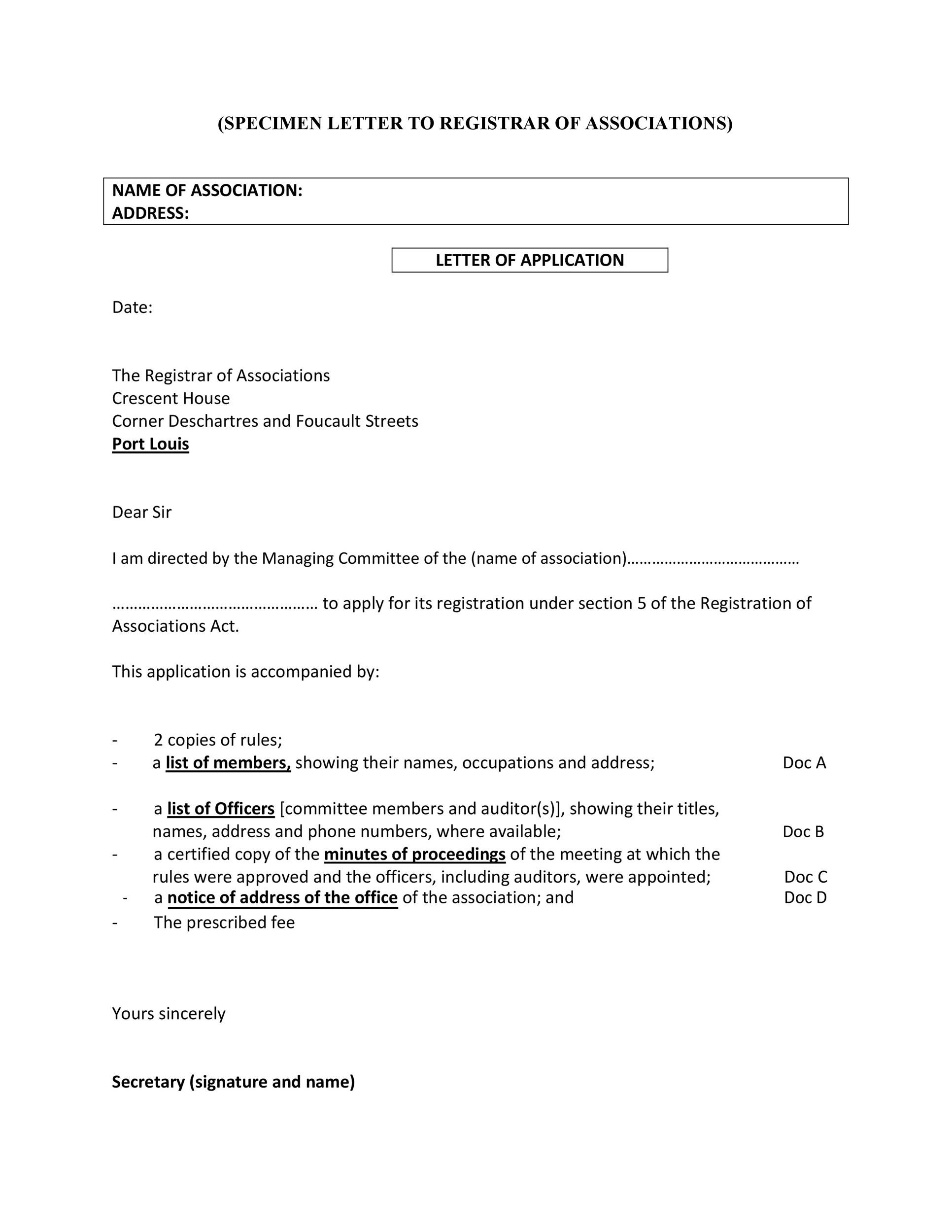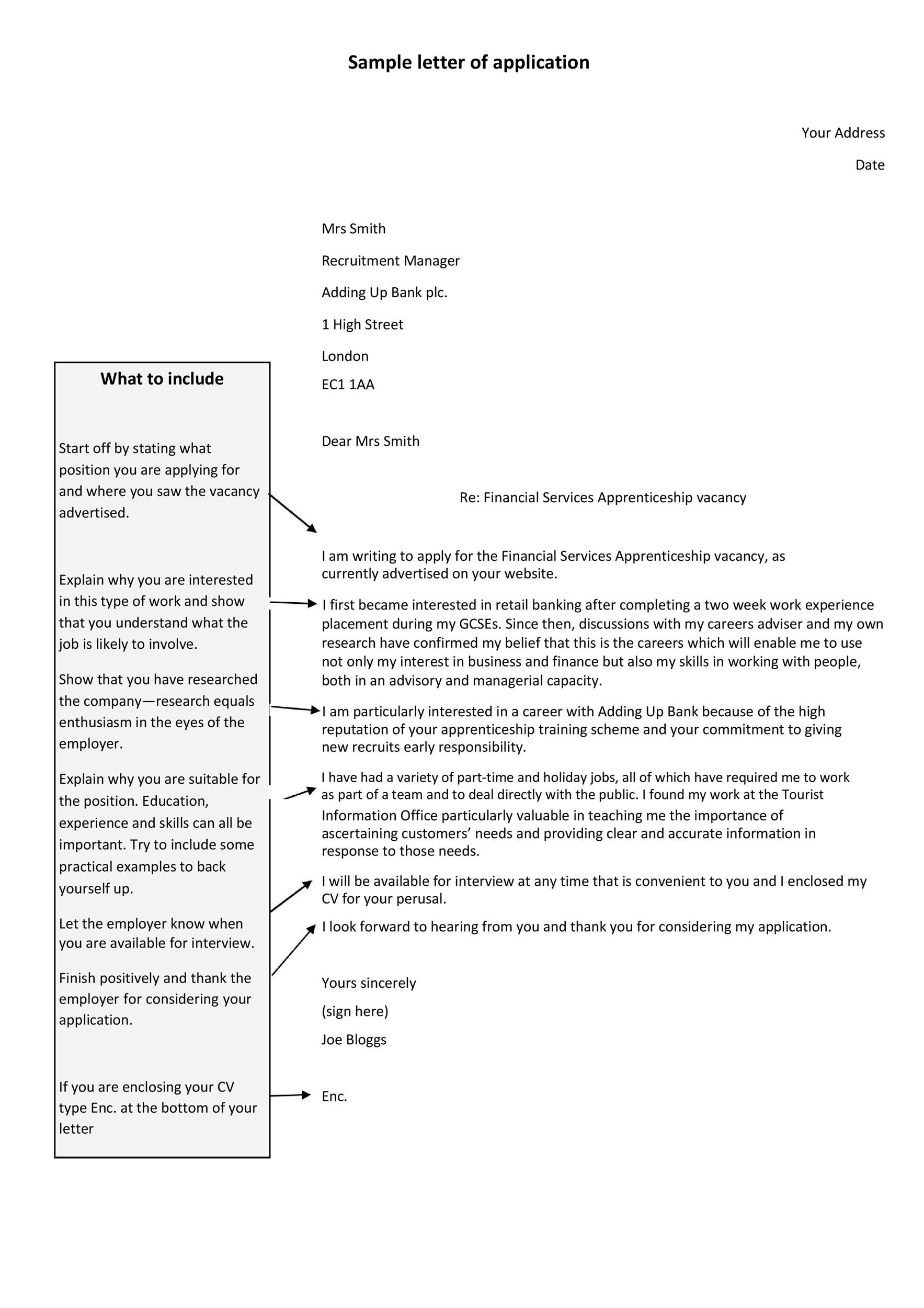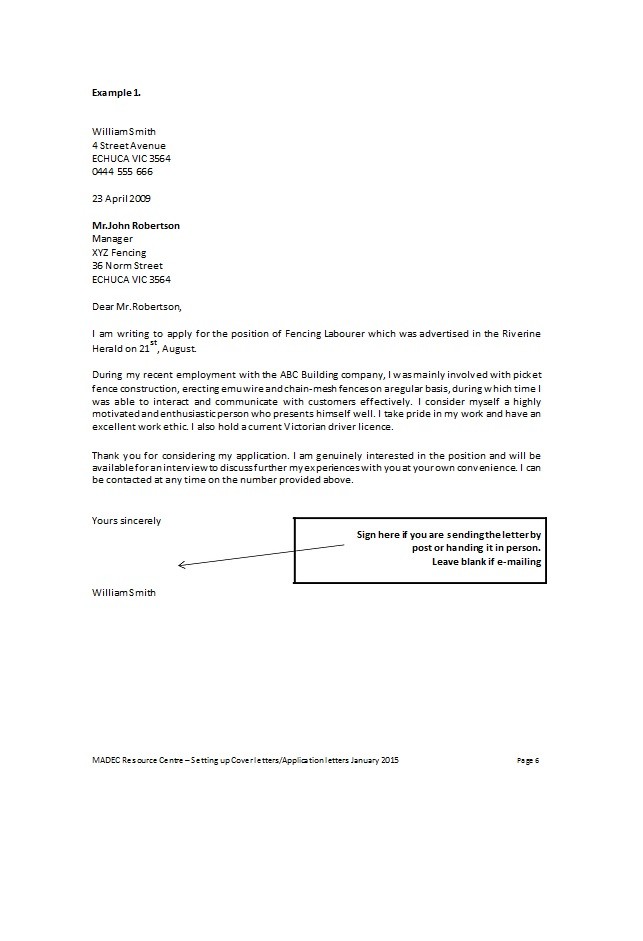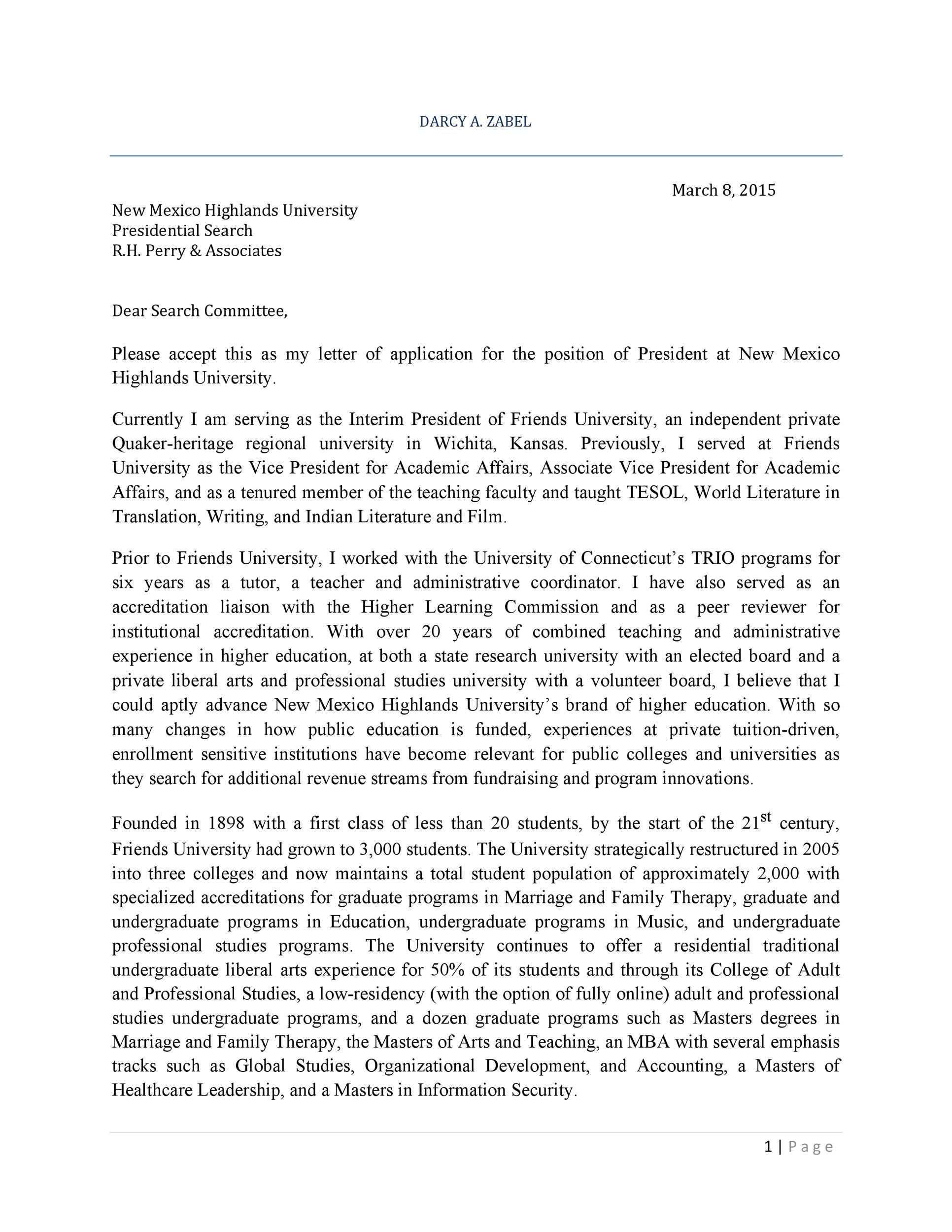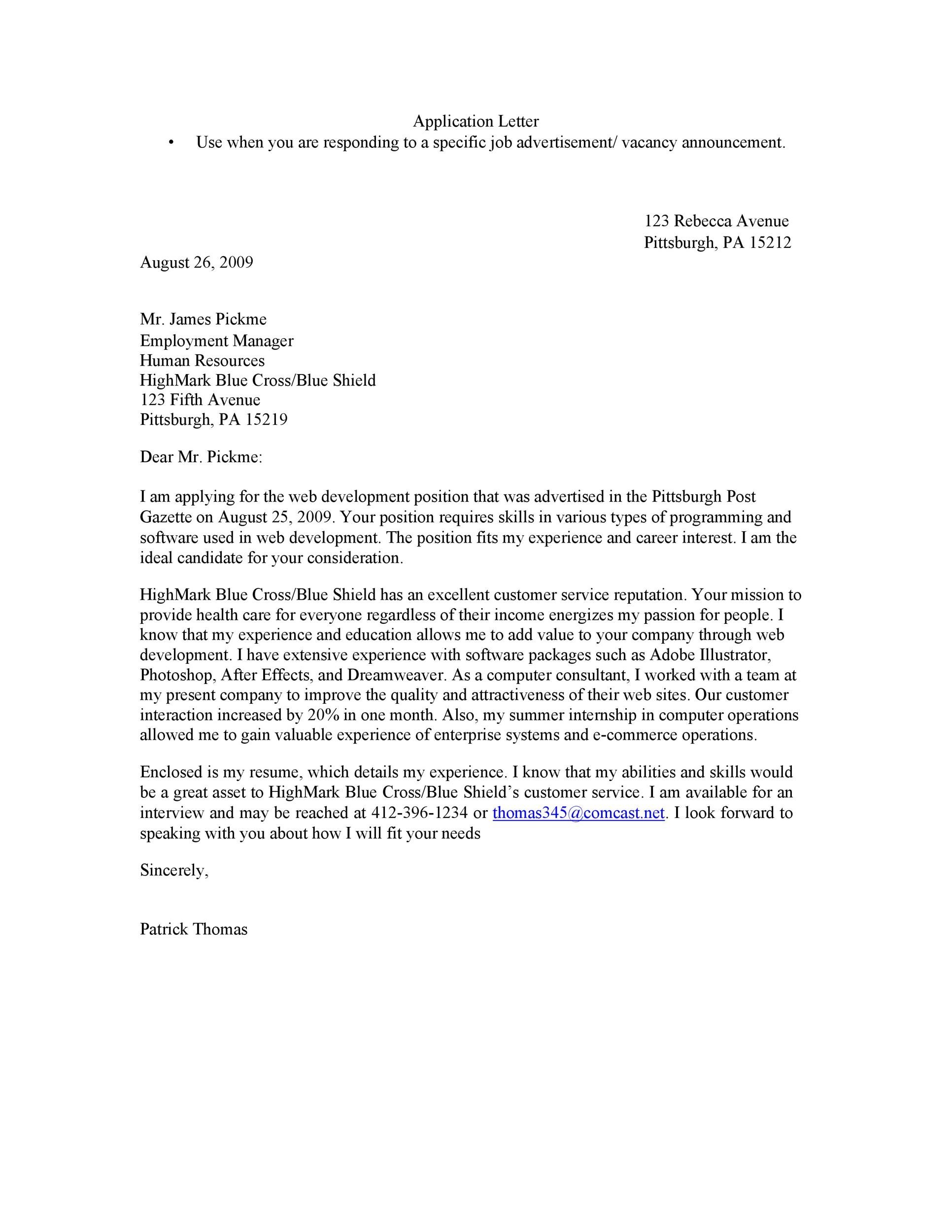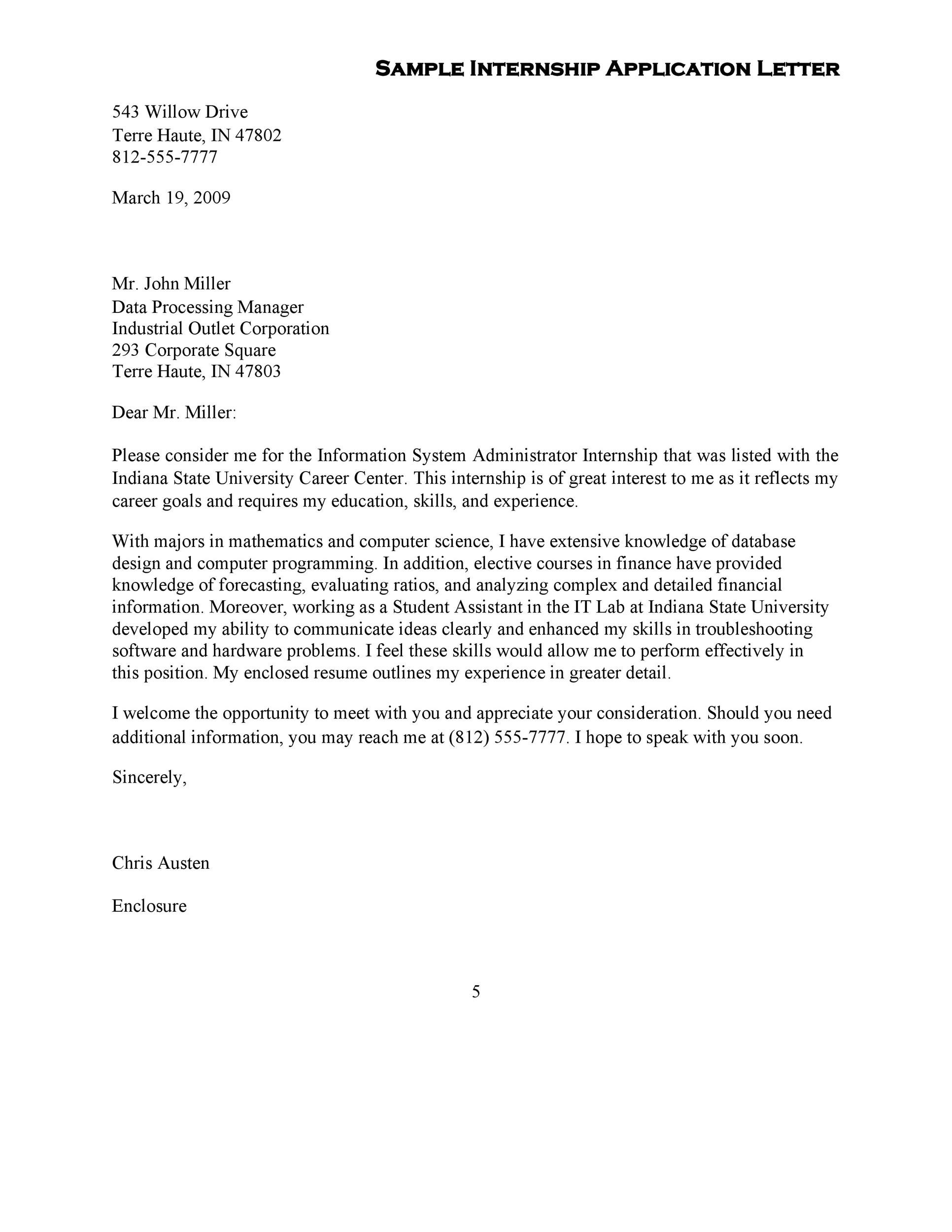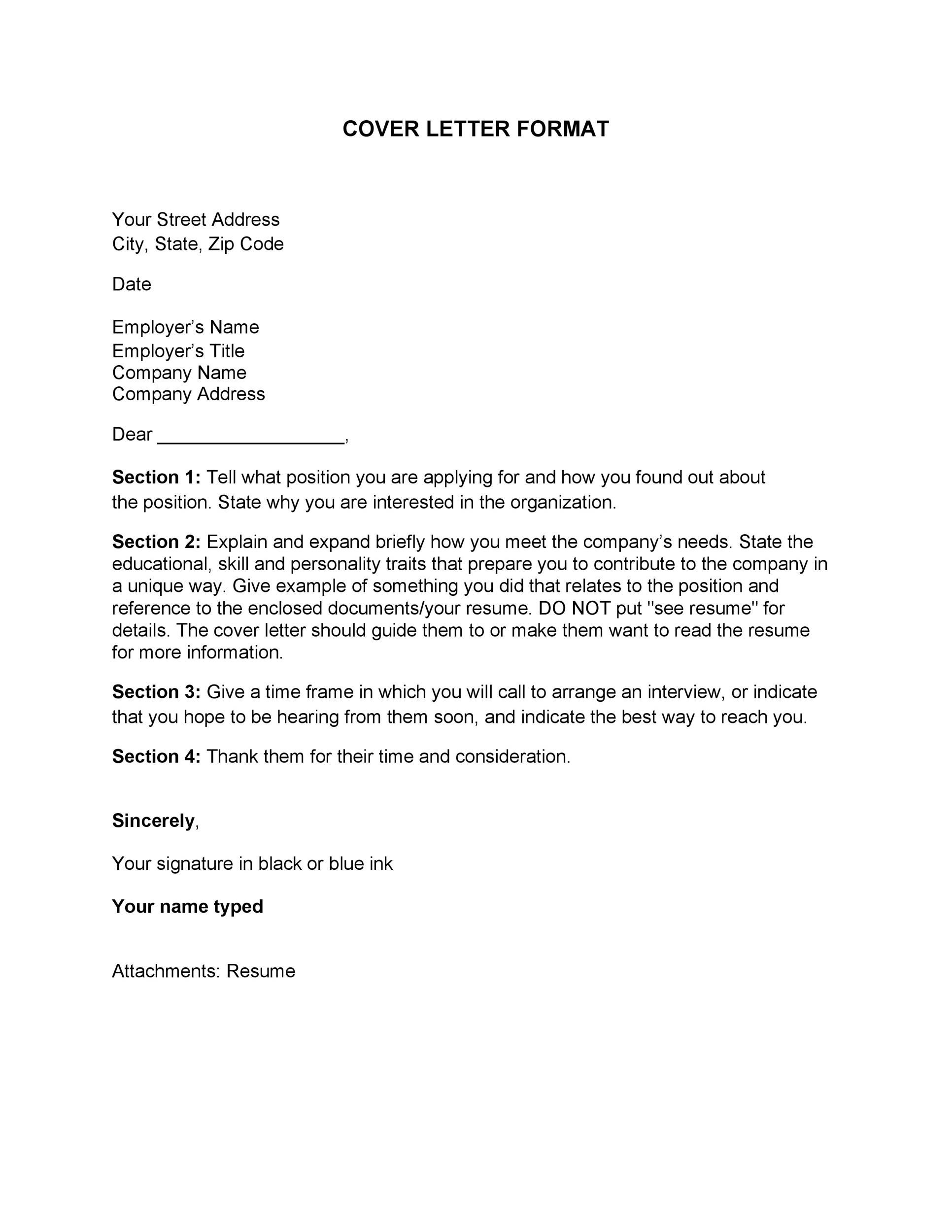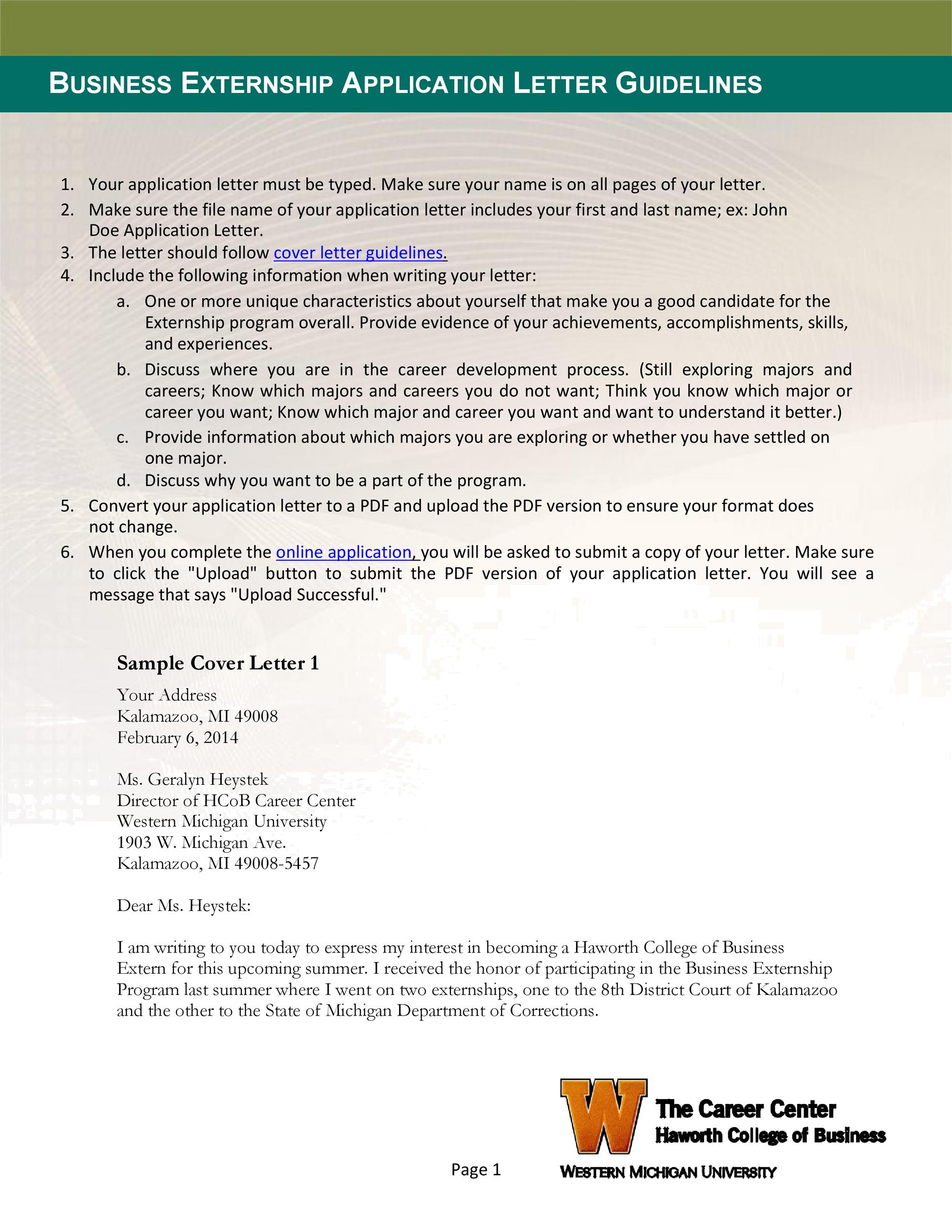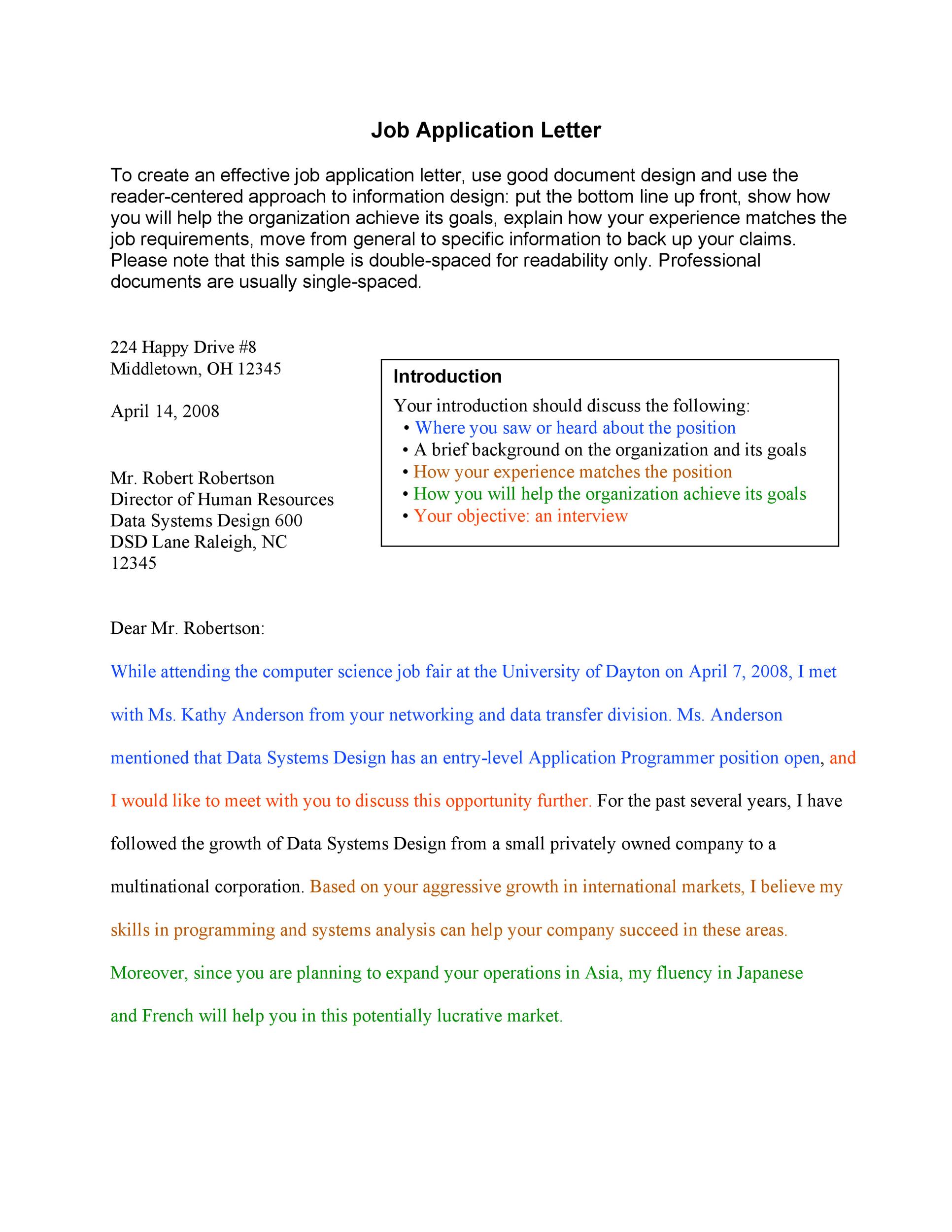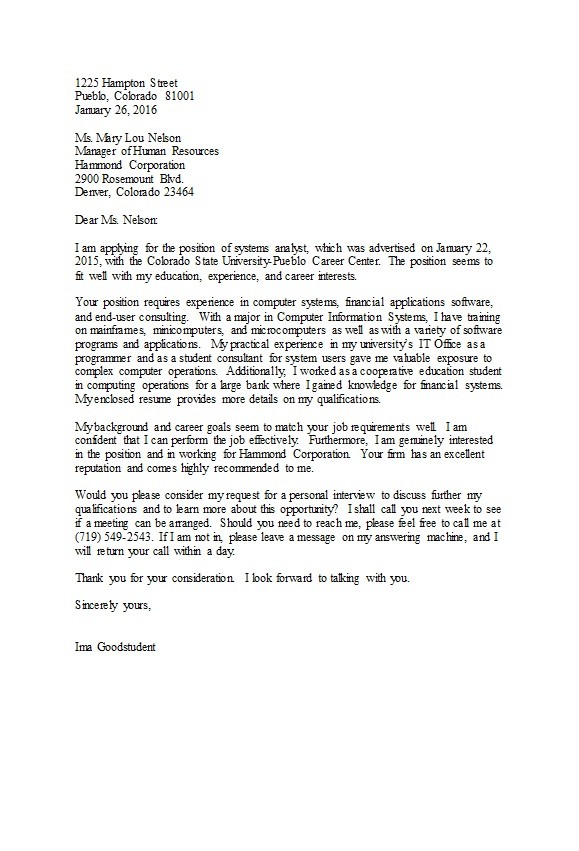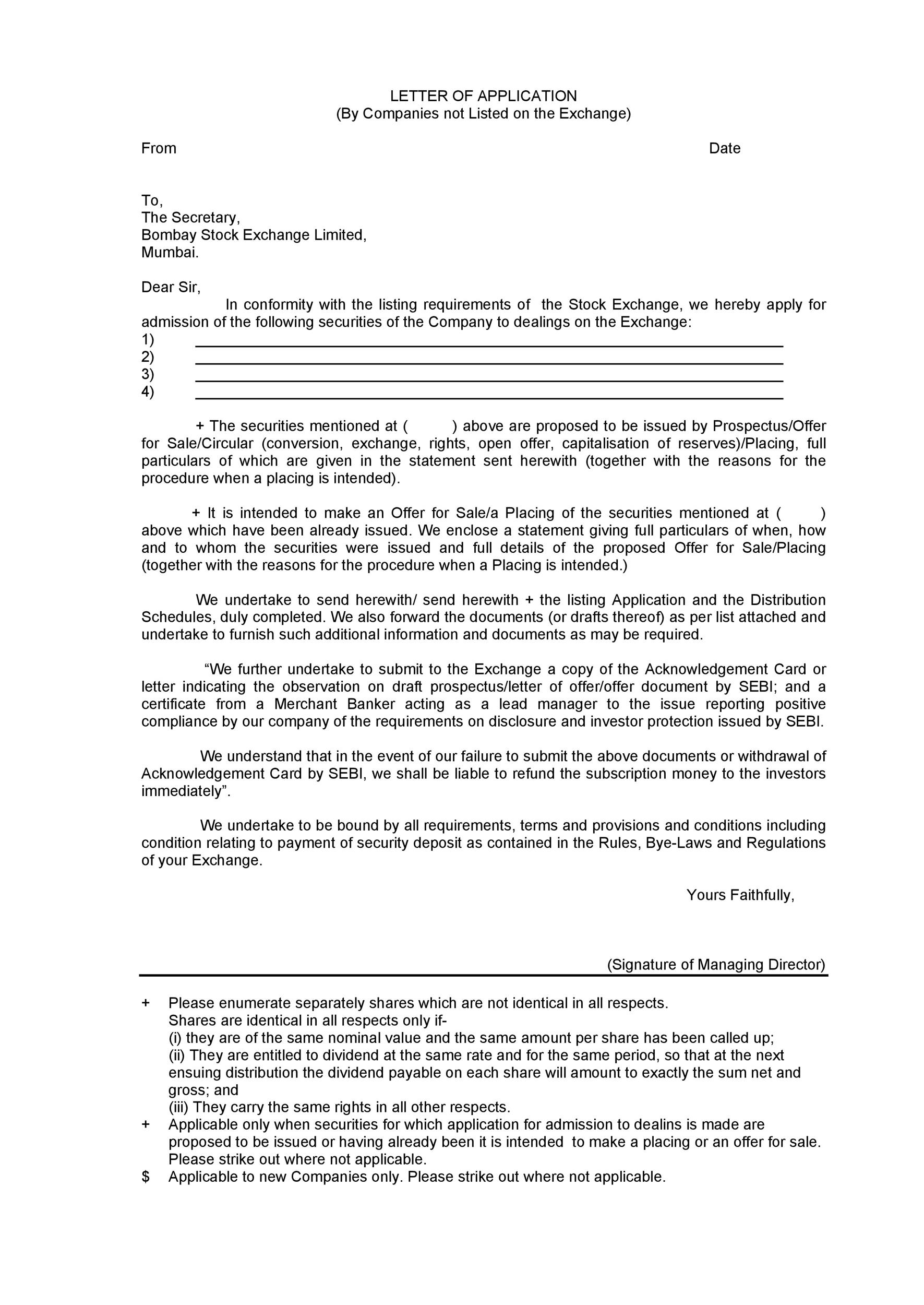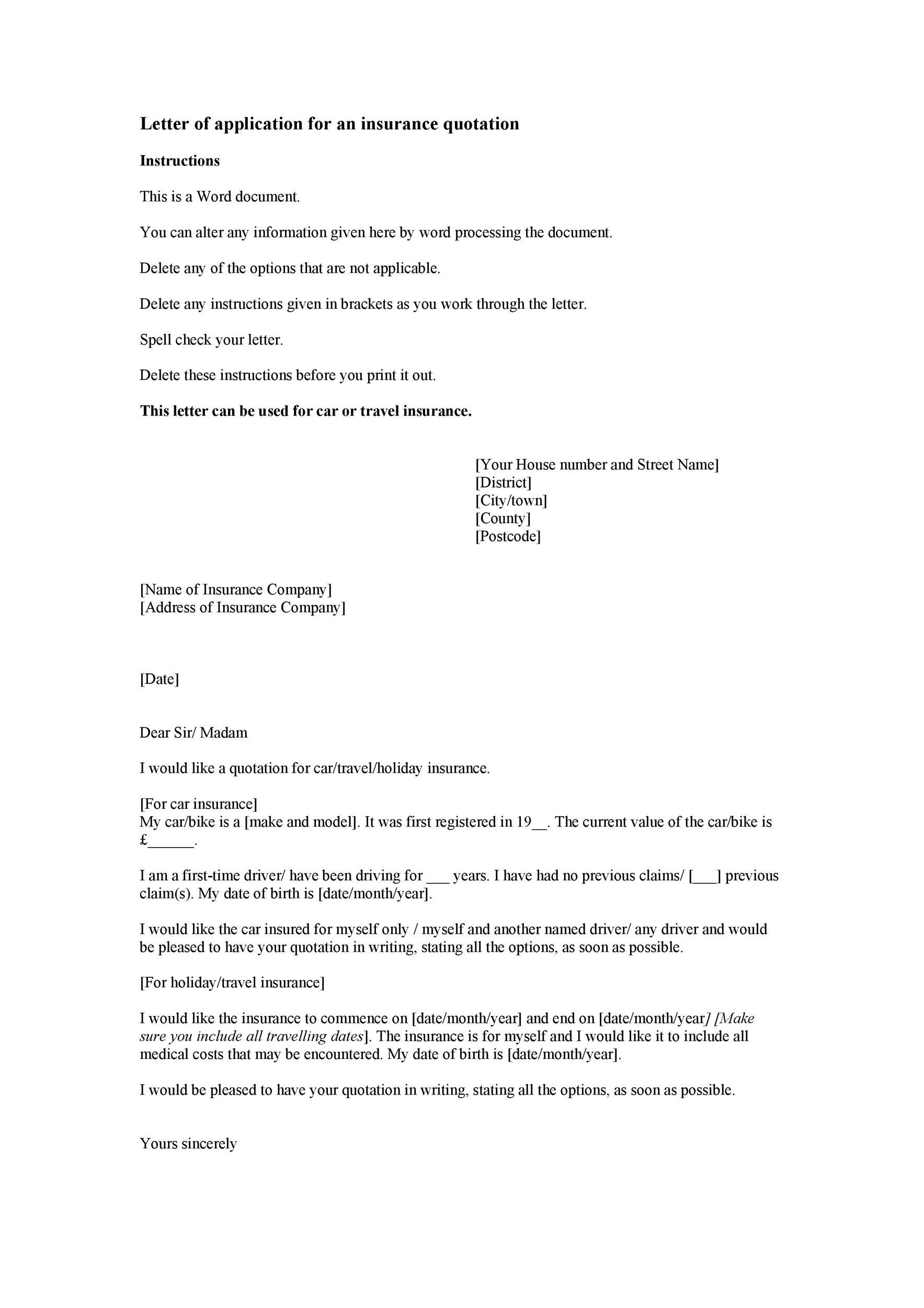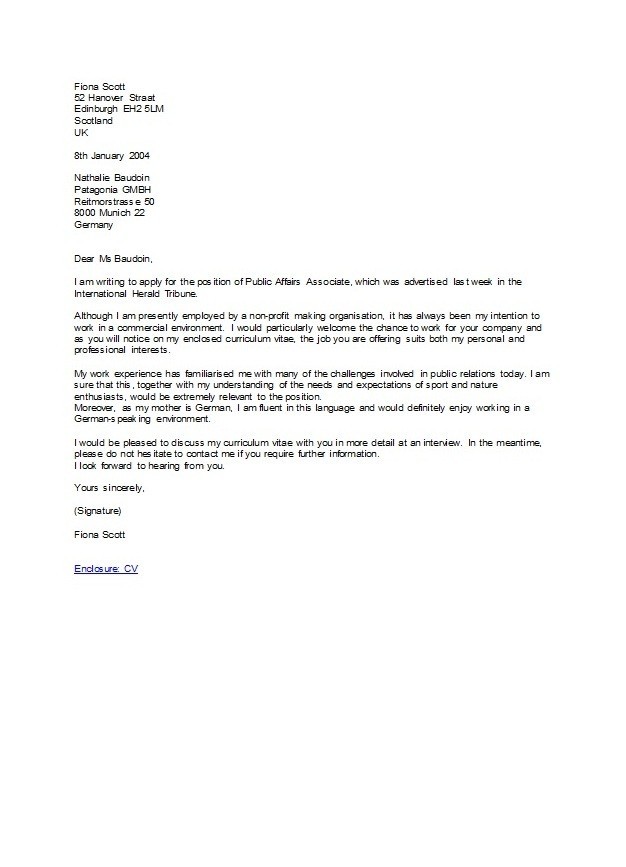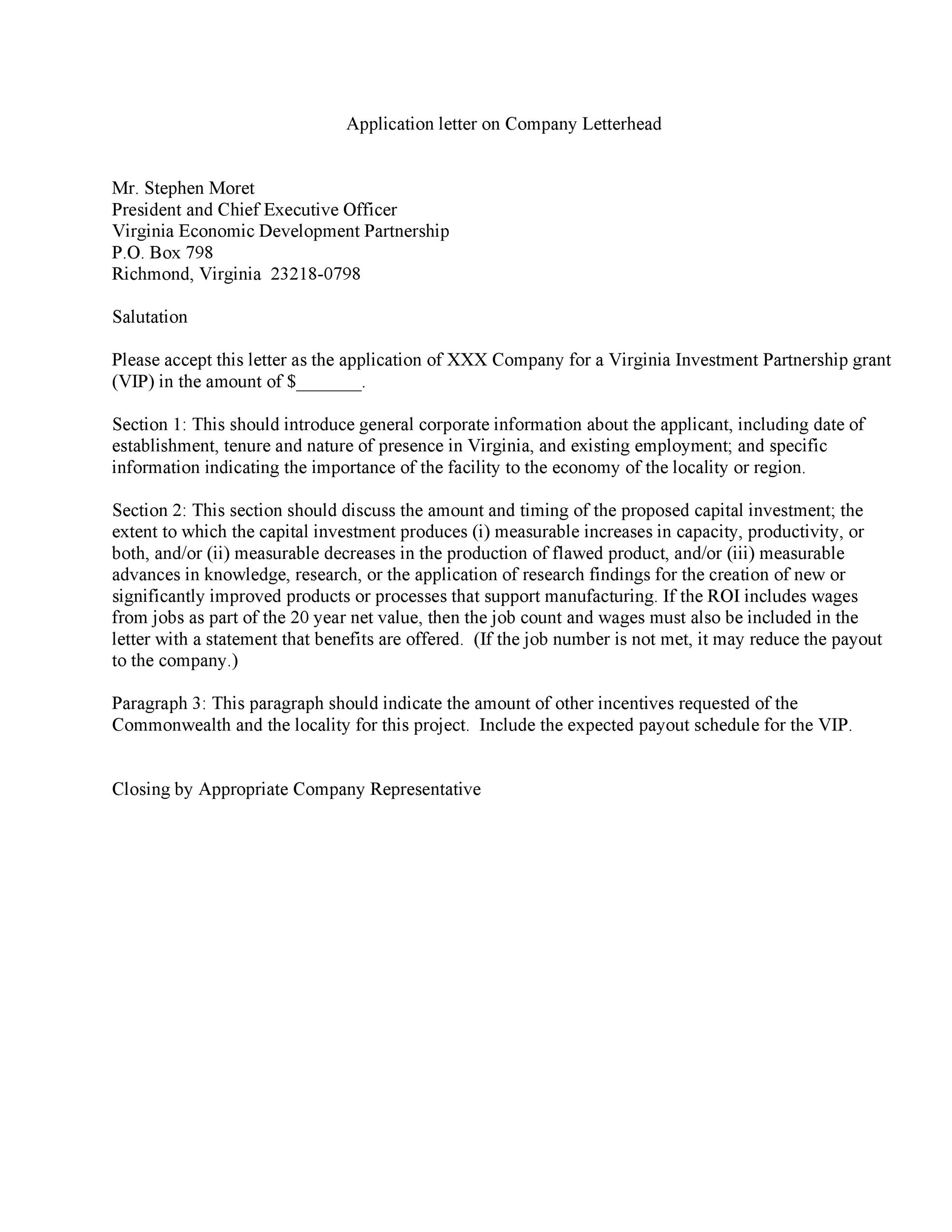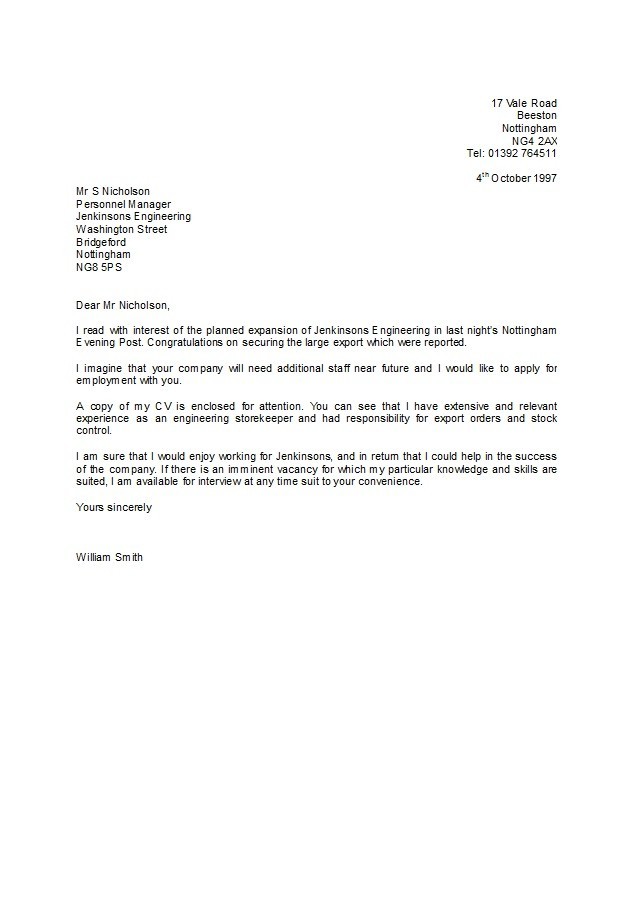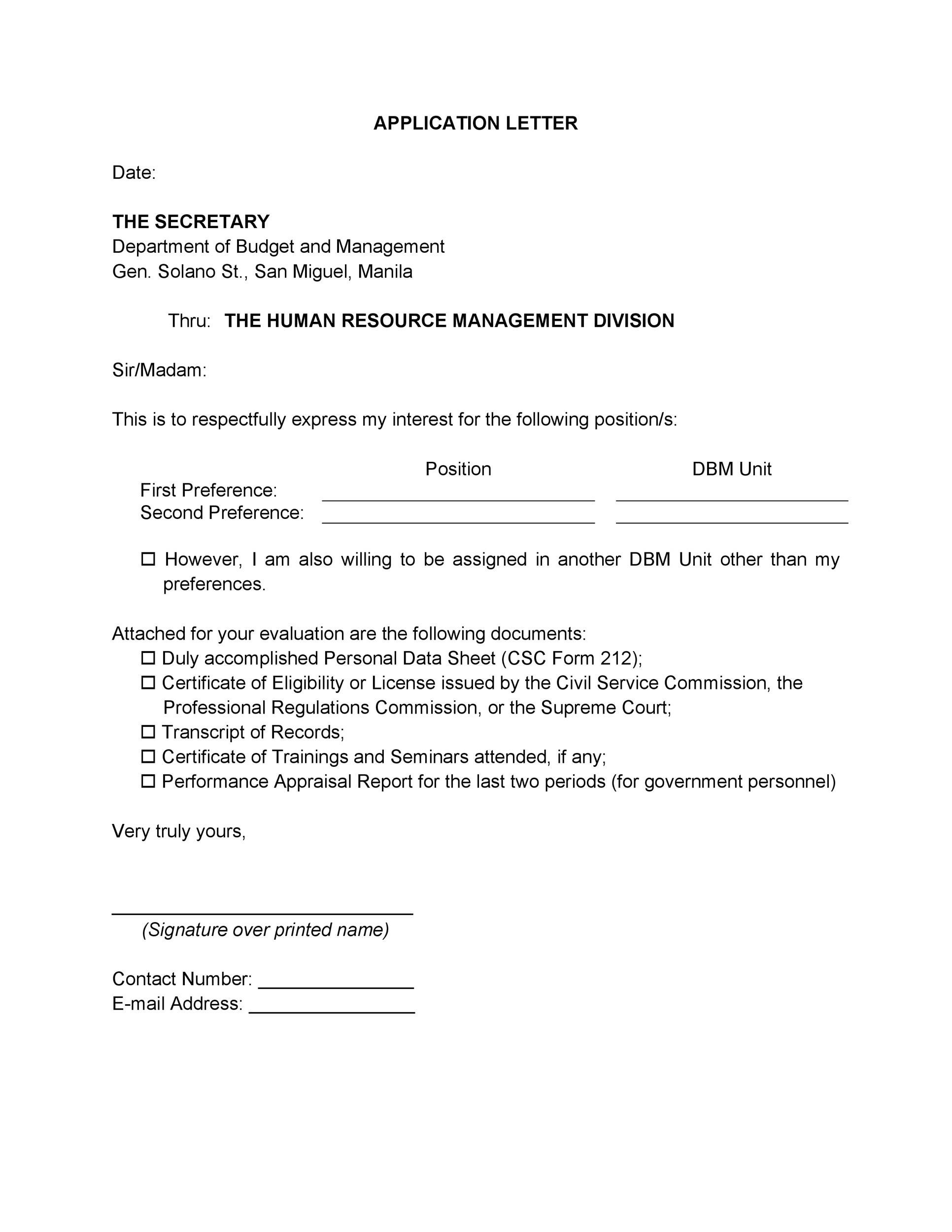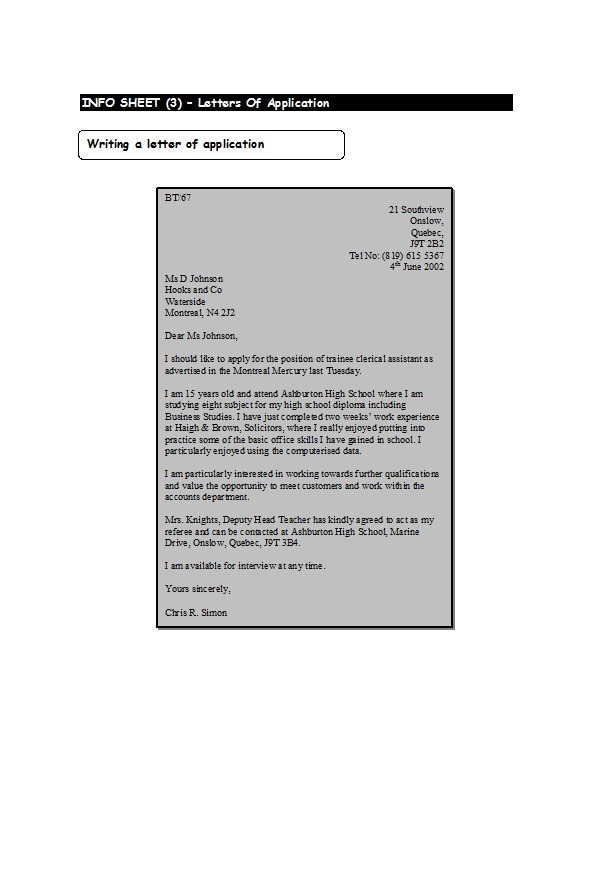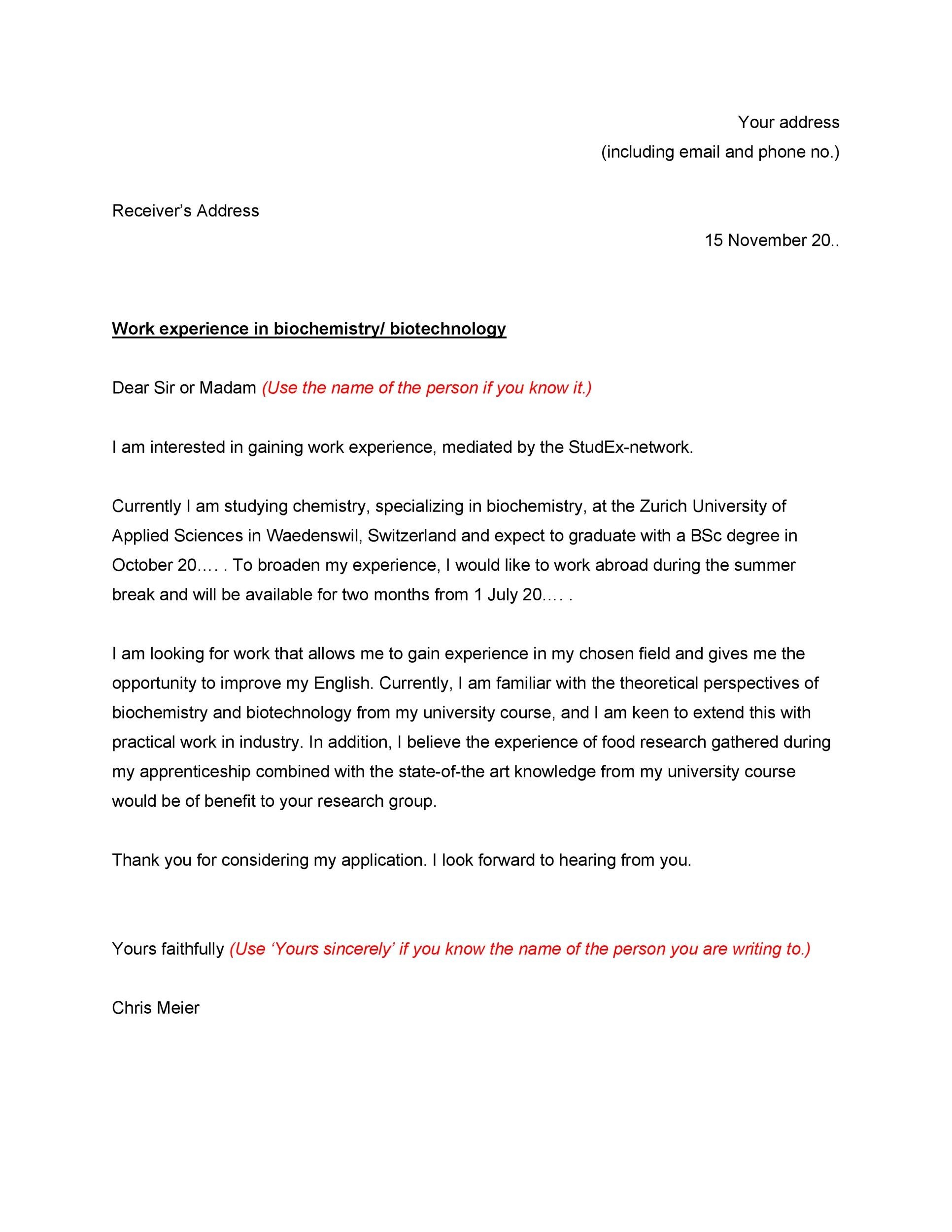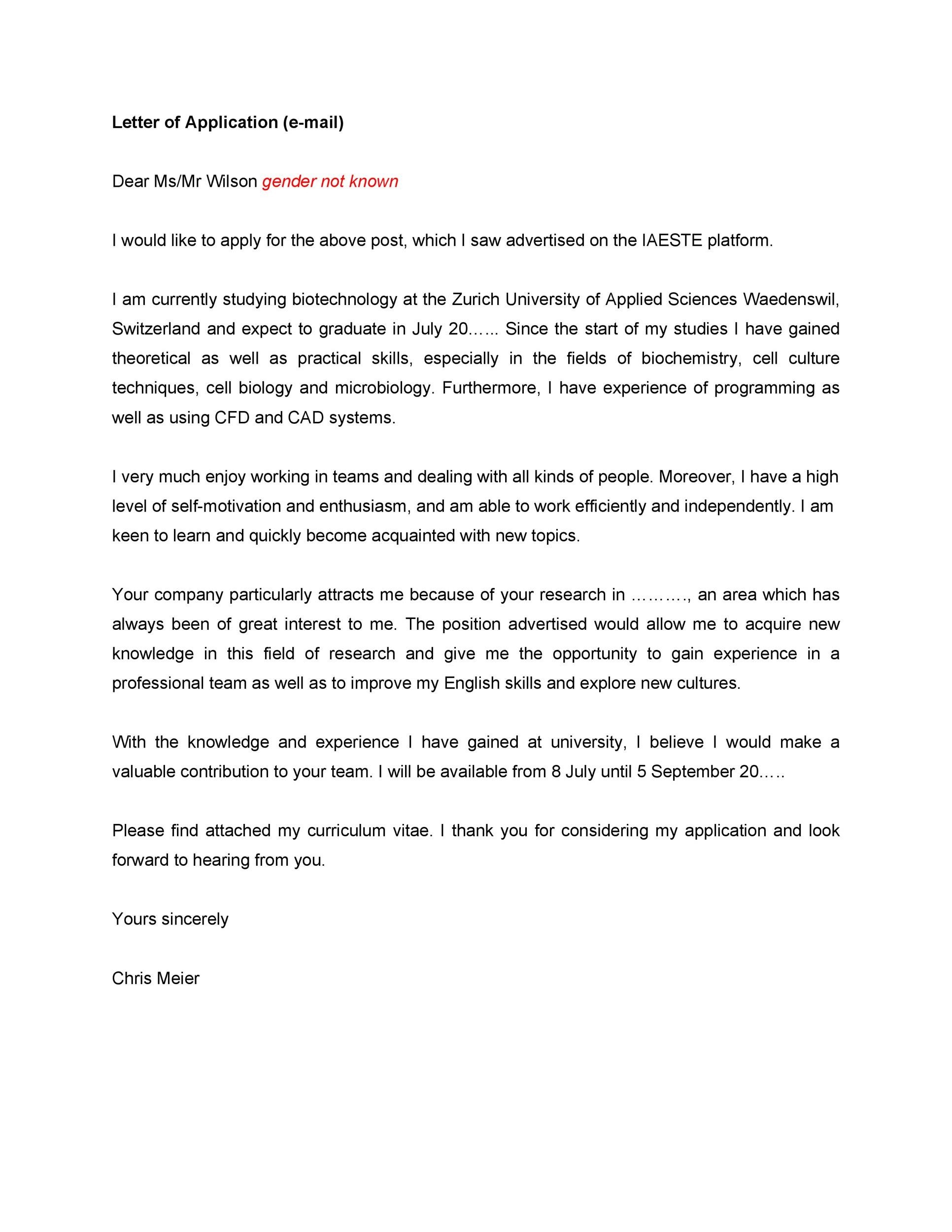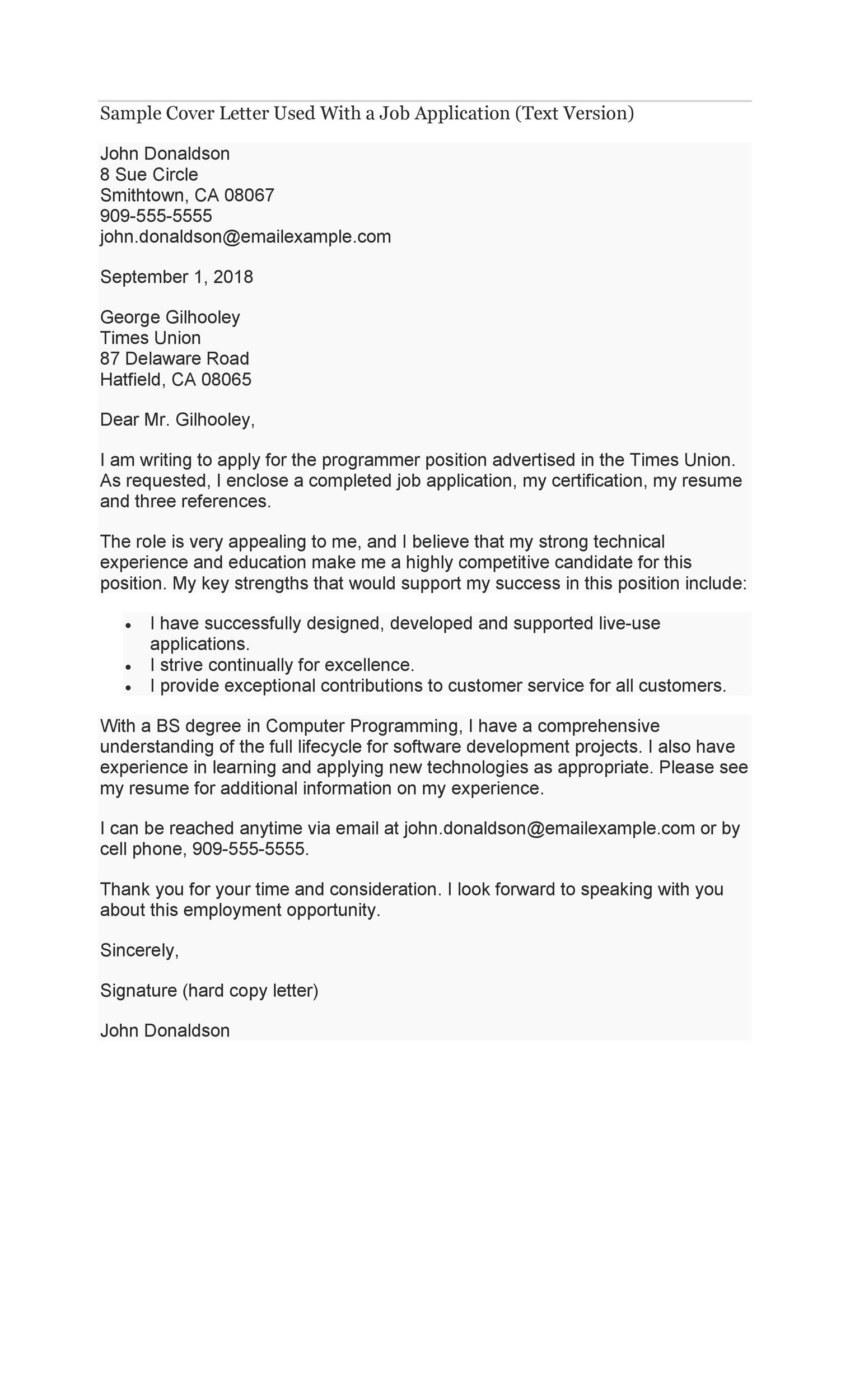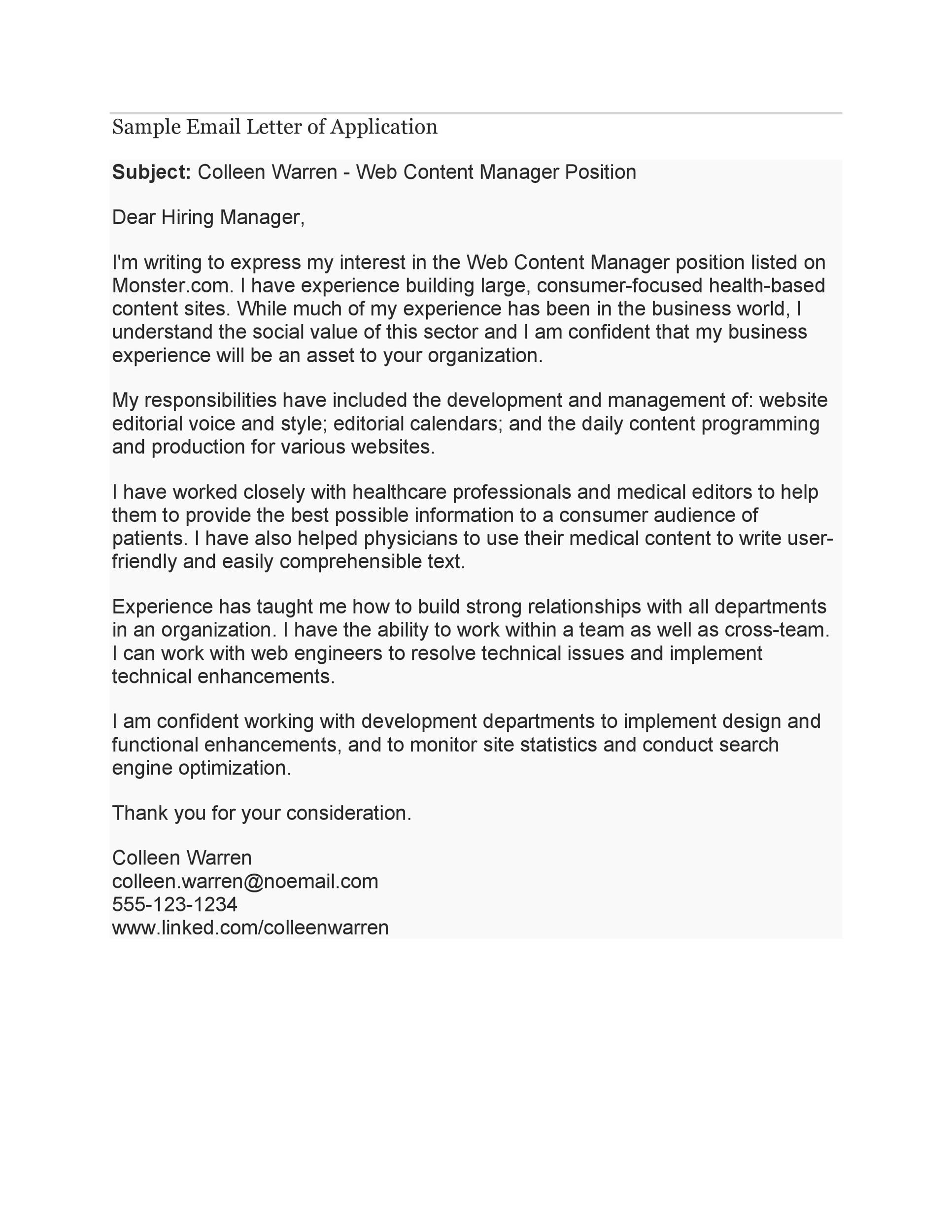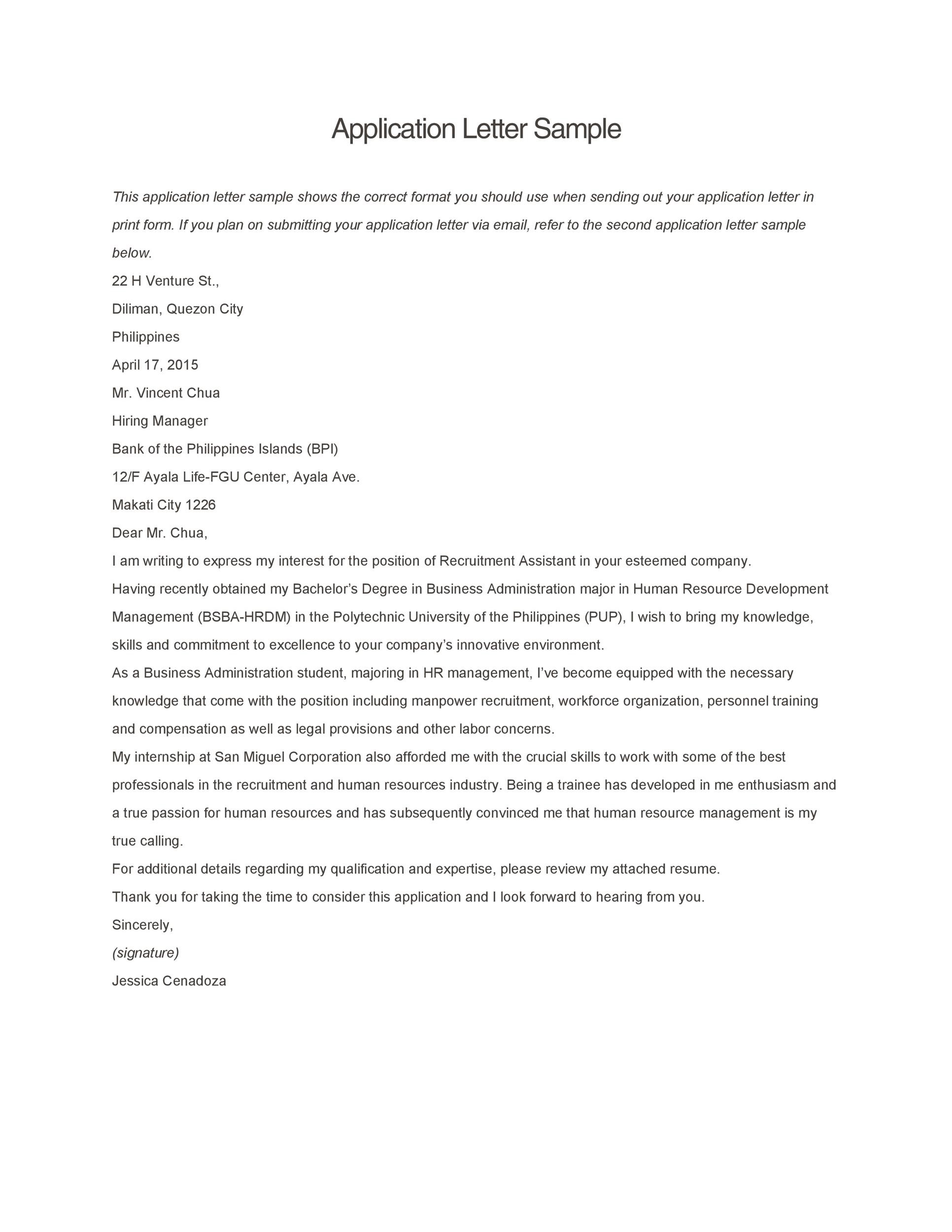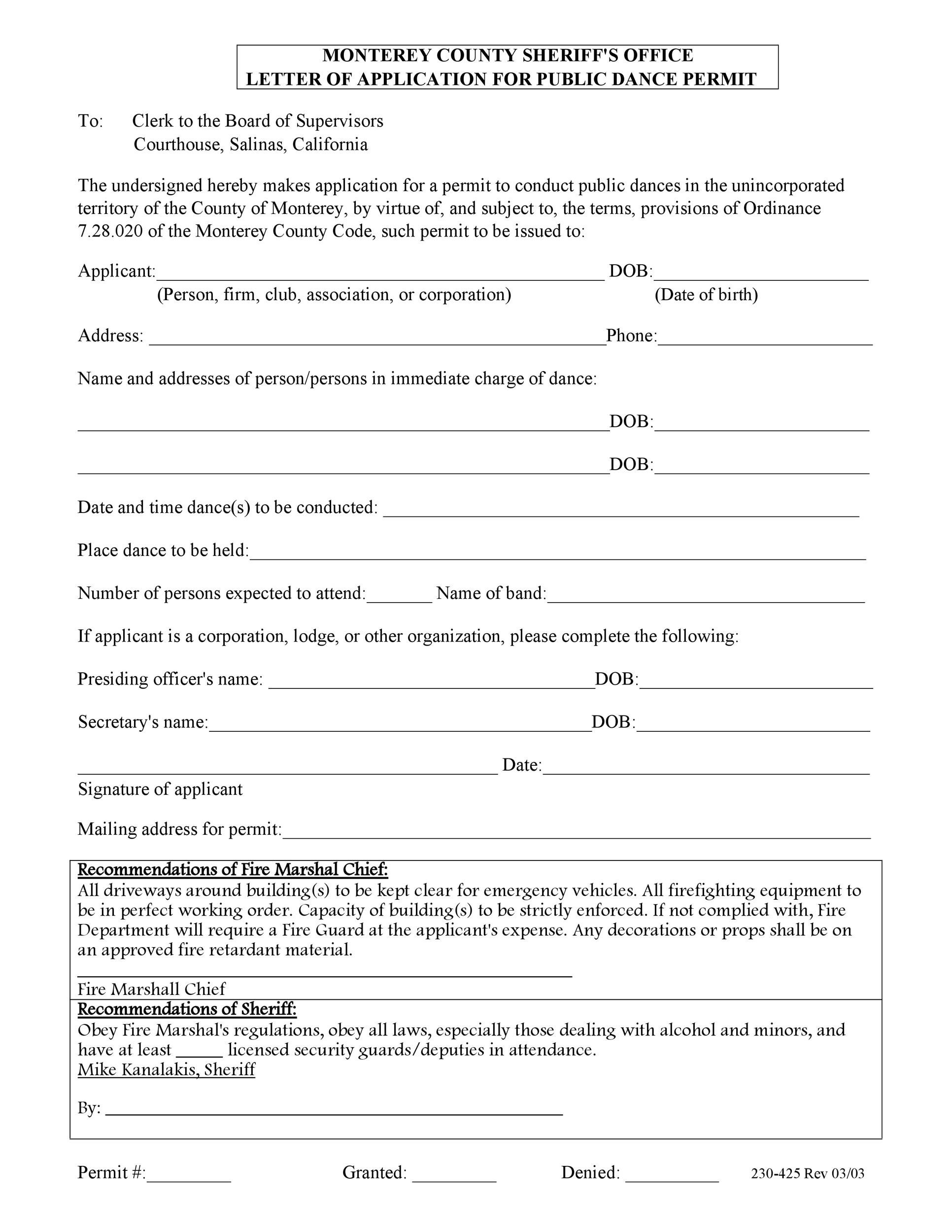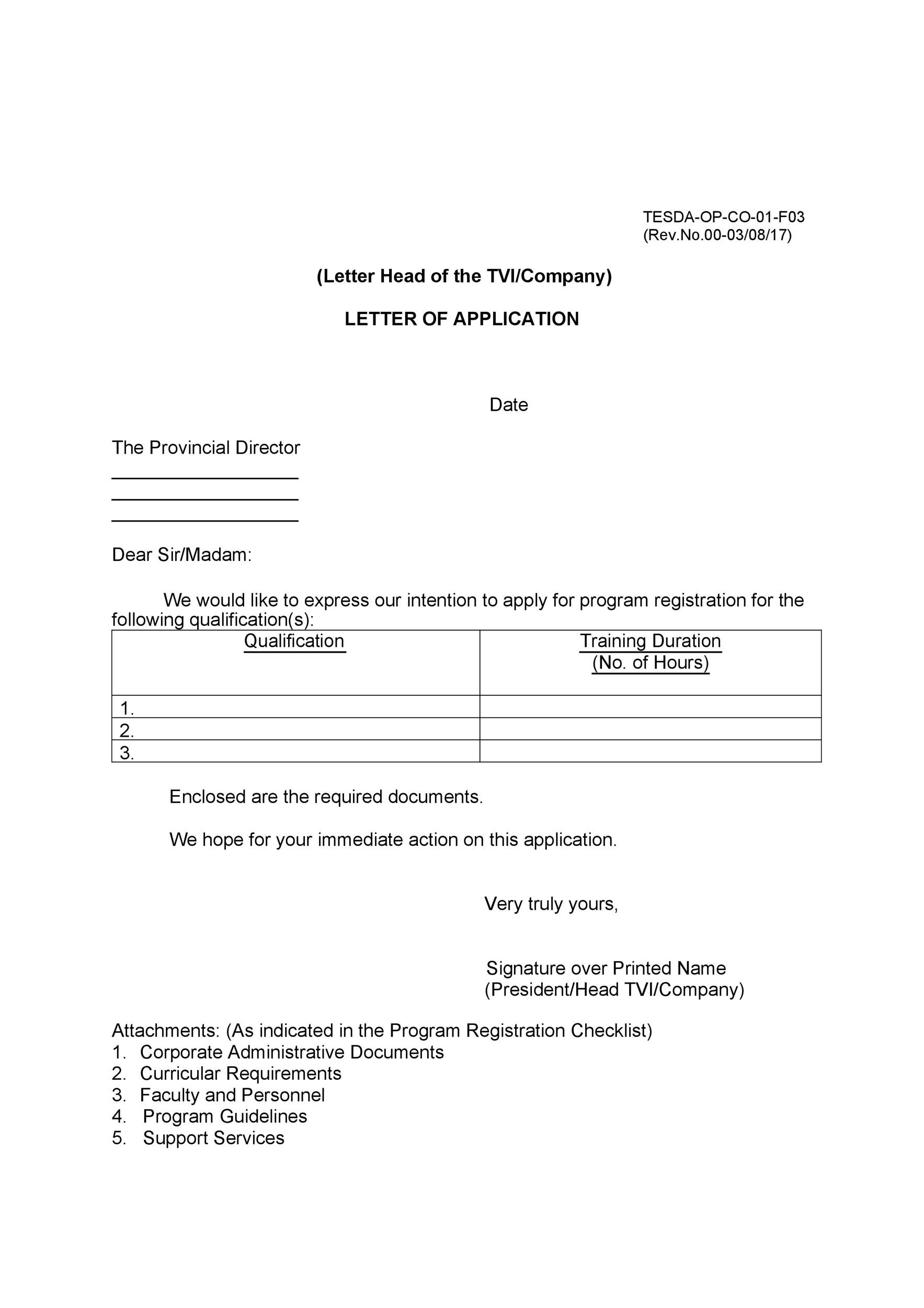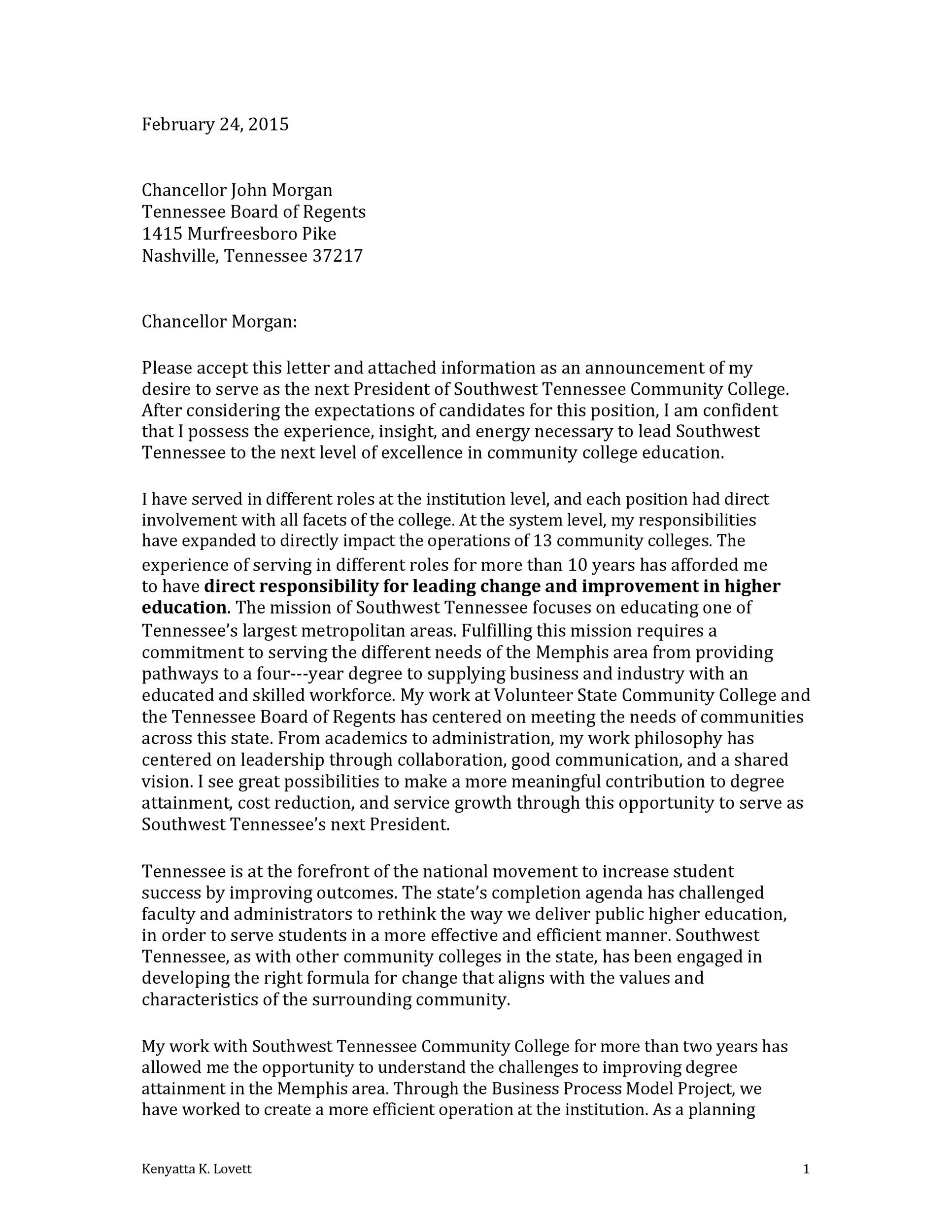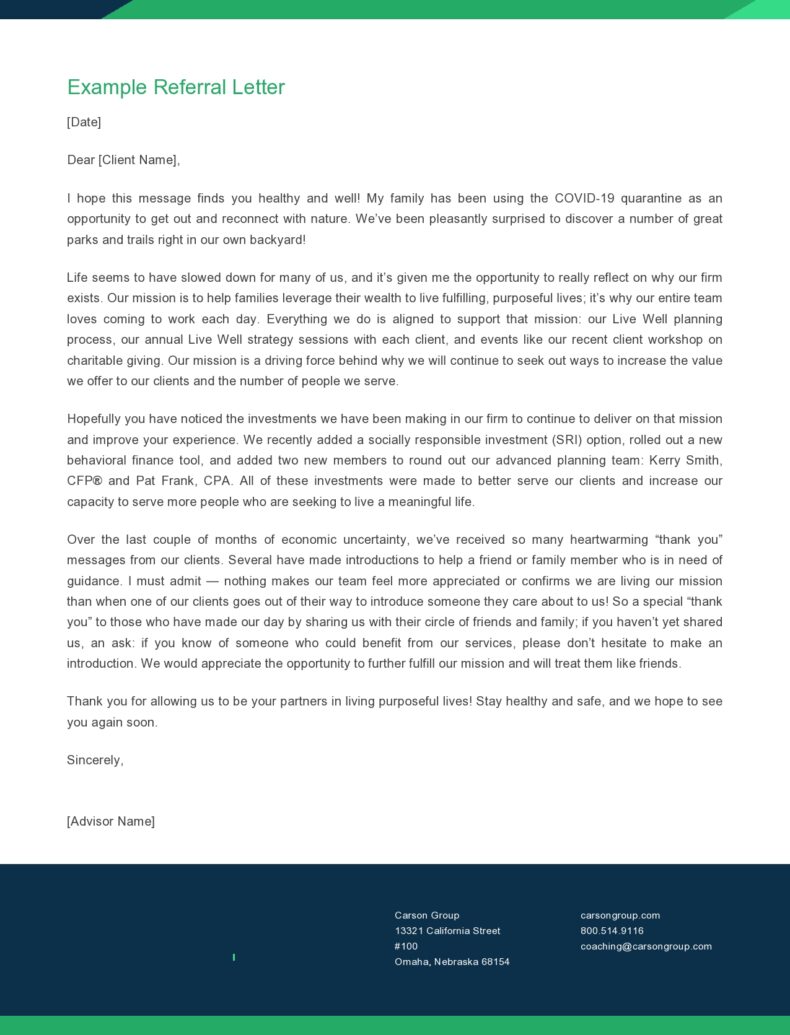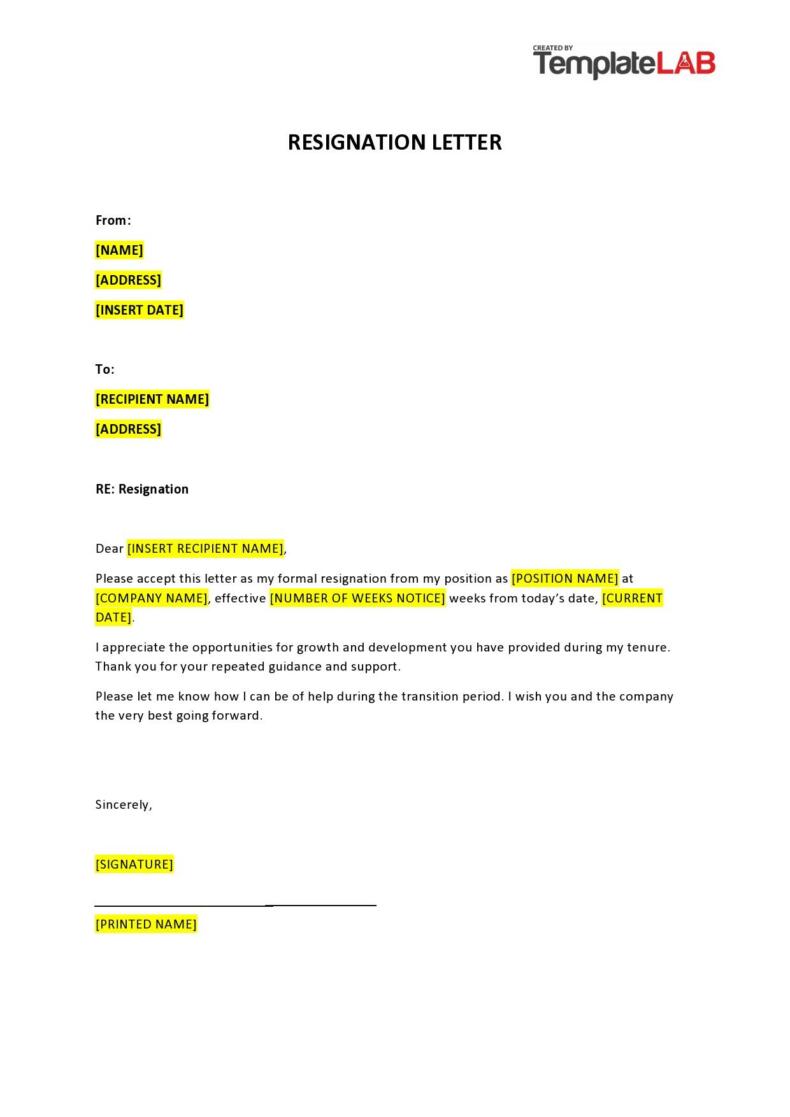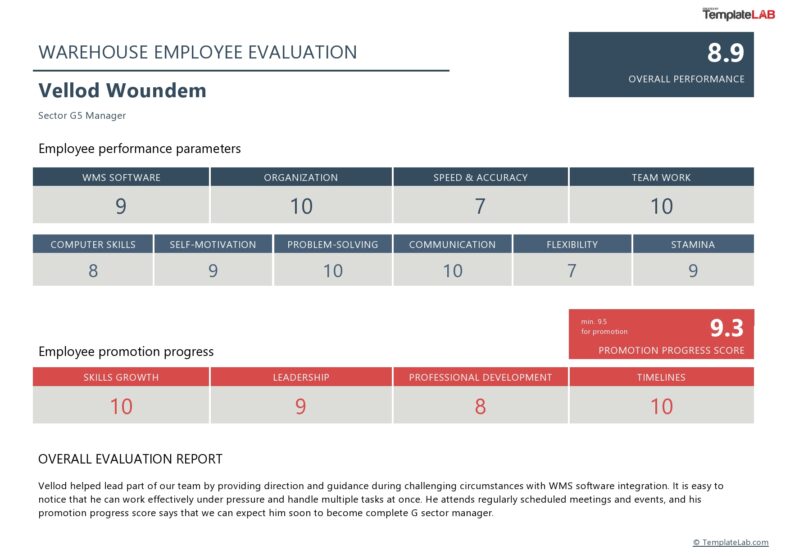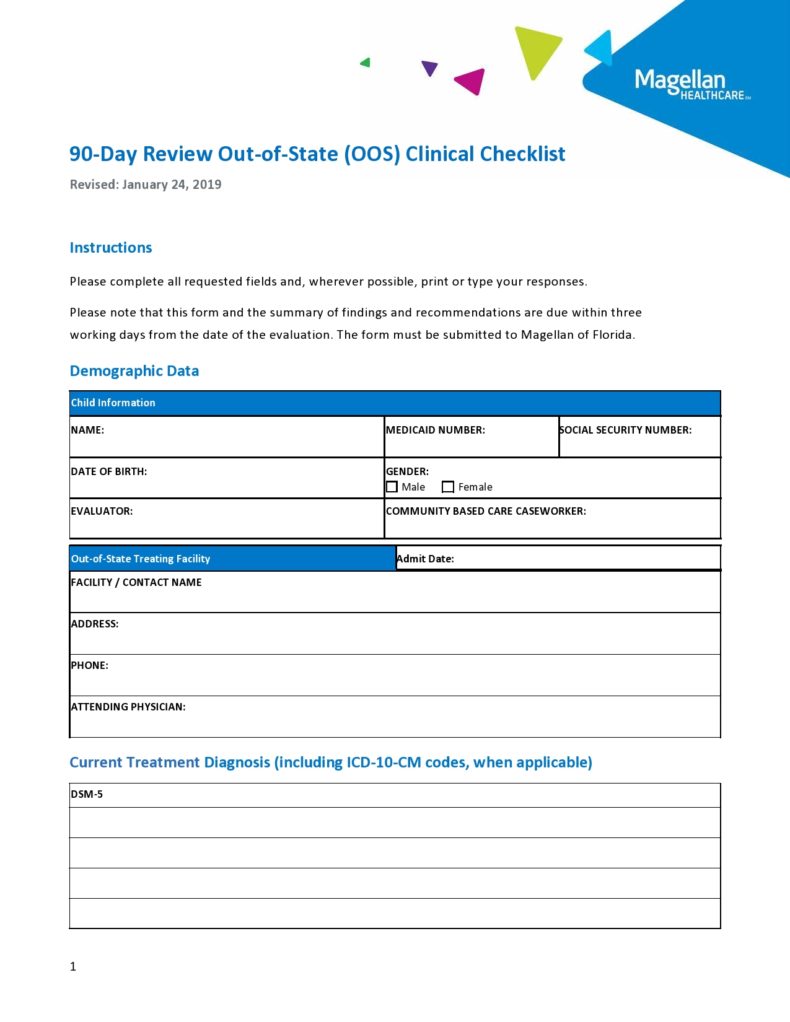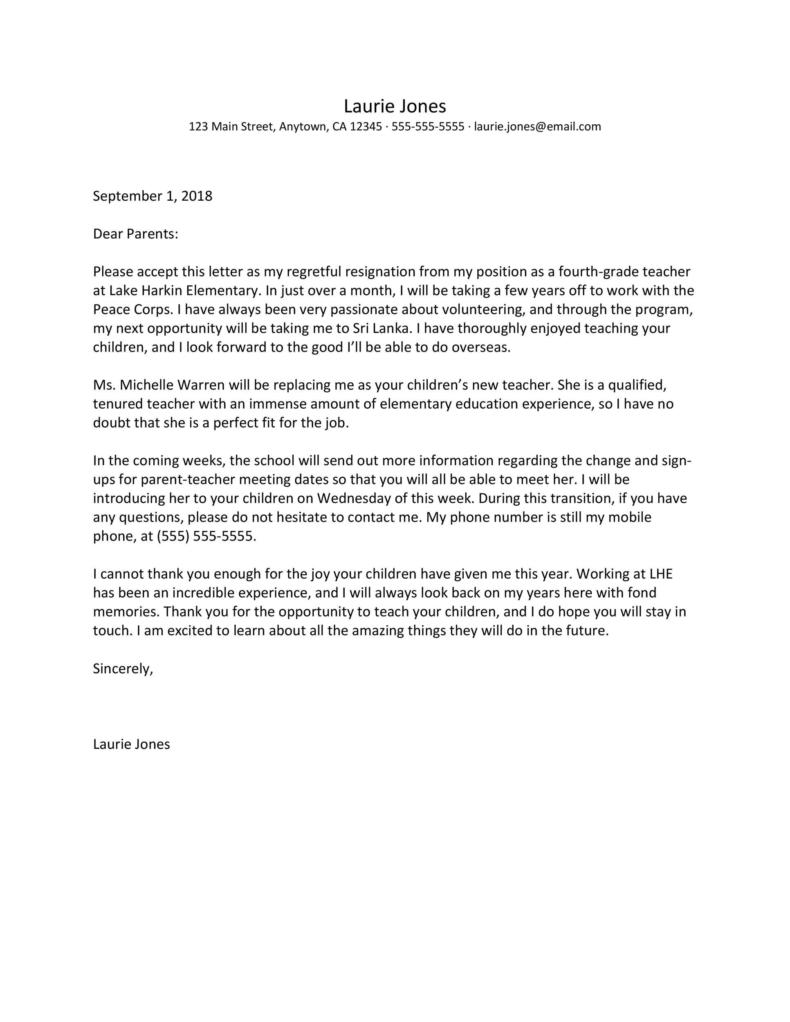Almost all adults have written a letter of application when applying for a job that suits their qualifications. At times, the feedbacks could be extremely frustrating and it may not even be your qualifications that come into question. If the substance of your letter of application sample is okay, then it must have been the format. Therefore, you must learn all that you can to compose an effective job application template.
Table of Contents
Letter Of Application Templates
What is a letter of application?
A letter of application which is sometimes called a cover letter is a type of document that you send together with your CV or resume. It provides details about your experiences and skills. It also contains detailed information about why you consider yourself the most qualified for the job you’re applying for.
In most application letter examples, you also enumerate reasons with explanations about your interest in the position you want which requires all of your relevant skills. Letters of application inform your prospective employer about your interest in the position, what makes you a worthy contender, and why the employer should choose you.
Letter Of Application Samples
Writing a letter of application
You would compose a letter of application for a variety of purposes which are either domestic or professional. All letter of application samples are generally of the formal type and they follow some predefined format which applies to most types of application letters. It is, therefore, essential to get acquainted with the steps when writing one:
Preparation
- Get a blank sheet of paper and divide this into two columns. Indicate “Requirements” in one column and “Skills” in the other. Now read the details of the job vacancy very carefully. While doing this, familiarize yourself with the job requirements too.
- At this point, you should already have a resume which you can compare with the requirements of the job, both in terms of skill and experience. Including these major points relevant to the job provides for you the right and most significant information in your application letter format more efficiently and quickly.
- Start your job application template by including your contact details at the top. The purpose of this is to make it very easy for the prospective employer to find out exactly who you are and how to contact you. Make sure you use the correct letterhead too.
- Include the company’s information. After your contact details, you should also provide information about the company of the employer you’re applying to and this includes the name, job title, company name, and the business address. Providing these details gives the impression that you’ve taken some time to compose a customized letter of application to that company.
- Including this information also shows that you have done extra research about the hiring manager of the position you want. You can always search for the company’s website to find out the hiring manager’s name. Or as an alternative, search for the name of the department head of the department to which you’re applying. If you can’t access either name, it’s still okay to address the application letter to the company’s hiring department.
- Address the letter to the employee whom you’re writing to. Including this in your application letter format shows that you’re formal enough to begin with an official address. Never address your application letter with the words “To Whom It May Concern.” This is very generic and informal. It also gives the impression that you didn’t do much research on the company you’re applying to.
Application Letter Examples
Writing the letter of application
- Write a compelling first paragraph. Write something that draws the interest of your reader, in this case, the hiring manager. Most application letter examples end up in the dust bin because they’re devoid of appeal. To avoid this, treat your first paragraph like a breaking news article by opening with a declarative statement.
- Inform the reader about your enthusiasm for applying for a position in the company. Demonstrate to the hiring manager about your familiarity with the company’s work and how you would perfectly fit for the position applied for.
- Mention where you discovered the information about the position you’re applying. Make some calls and research to find out if you have an acquaintance in the company. It’s always great to have a reference on the inside. Don’t hesitate to name drop, especially if the person granted you permission to do so.
- Elaborate why hiring you will benefit the employer. A job vacancy usually opens when the company has an issue which needs solving. As an applicant, it’s your job to solve this issue among other things.
- You can refer to your resume where you have enumerated your accomplishments, experiences, and skills. From this, you can use an example or two and elaborate on them. These show that you are very much qualified for the role.
- Provide a brief summary of your strengths, experience, and qualifications. The second paragraph of your letter should provide a summarized description of your experiences and abilities to demonstrate why you’re the perfect choice for the job.
- Highlight the most significant parts of your professional career. Although your most recent accomplishments would be a good place for you to start, you might have a past experience which perfectly fits the required qualifications of the job. If you need to dig deeper to prove your worth, then do so.
- Create an image of yourself which isn’t on your resume. Resumes typically depict what you’ve done during your last assignments or jobs. As an applicant, you would also want the hiring manager to see the person behind these accomplishments.
- In maybe two or three sentences, express your thoughts on how your previous company has personally made an impact on you and how this dream job application will, in one way, shape your future. Showing this human side of you proves that you are more than the facts printed on paper.
Finish up your application letter
- Create a brief summary explaining why you are the best candidate for the position in just one sentence. It’s best to end your letter with a polite reminder to your prospective employer why you’re the best applicant for the job and this gesture may earn you an interview. But do this succinctly in just one meaningful sentence.
- Provide a gentle invitation to reach out to you. Make an invitation to your reader about wanting the chance to speak more about the vacant position. It isn’t redundant to give your contact information again just for emphasis.
- Also, don’t forget to thank the hiring manager about any consideration that he will make then end the letter with a courteous statement like “looking forward to hearing from you at the earliest convenience” or something equally pleasant.
- Sign off. This step can, at times, be very frustrating, especially if you don’t know what’s considered appropriate. Using a tone that’s too formal may have a tinge of insincerity and it might not fit the overall style of the letter itself. Just be sincere without sounding offensive, period.
- Finally, after signing off, write your complete name and affix your signature. If your word processor has been set up for a signature, you may insert this underneath your name. Or you can print out the final version of your letter then affix your signature. For a letter of application sample, a signature is optional.
Practical tips to keep in mind when writing your letter of application
Depending on what it contains, how you prepared it, and how you formatted it, a letter of application can either make you or break you. To make sure that your application letter format will support you, consider the following tips:
- Get right to the point
The first paragraph of your job application template should already state the purpose. Indicate the job you’re applying for, the name of the company, and the source of the job vacancy listing. You can mention why you’re a strong contender for the position but do so in a direct-to-the-point statement. - Offer a variety of information
Instead of being too technical, tone down your language on a more personal level, not to sound like the contents of your bullet-point resume. An anecdote about your career and work experience will do just fine. Although a resume is a must when applying for a job, the application letter should highlight relevant information which your resume cannot do. - Make a good case for yourself
The main objective of your letter of application is to land a job interview which hopefully will get you a job offer. A good application letter can achieve both goals for you. Another way to enhance your chances is by offering details regarding your experiences and job background which demonstrates why you’re a very qualified candidate.
Expound on how your previous jobs have prepared you adequately for the position and what good you can do with said position and the company as well. Highlight your strengths. - Close the letter with relevant details
Don’t forget to include a note of thanks towards the end of the letter to show your appreciation for considering you for the position. Again, provide your contact details and state how you plan to follow up on your letter. This gives the impression on your genuine interest for the position.

